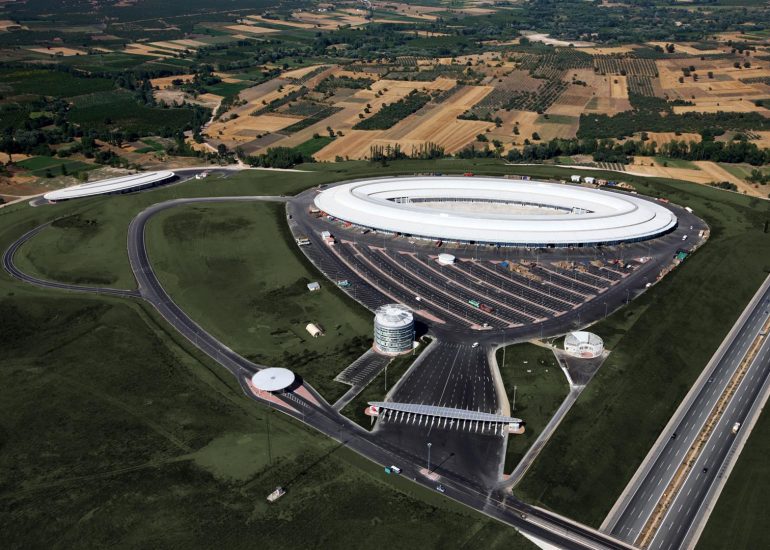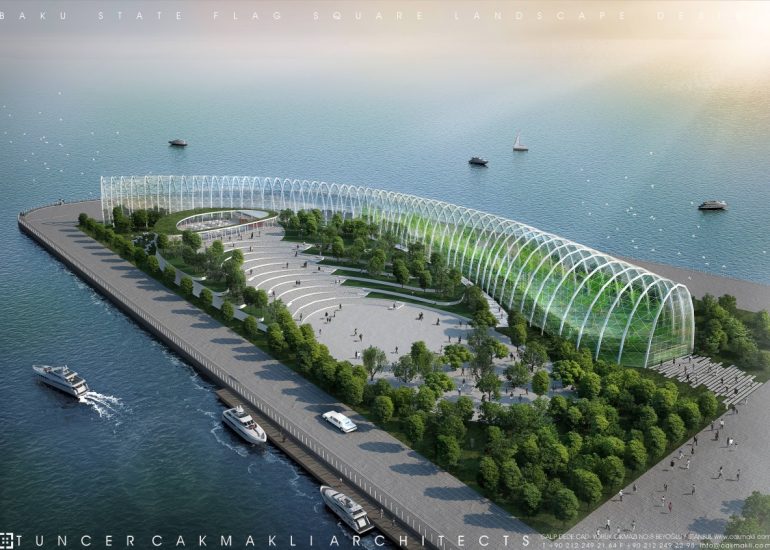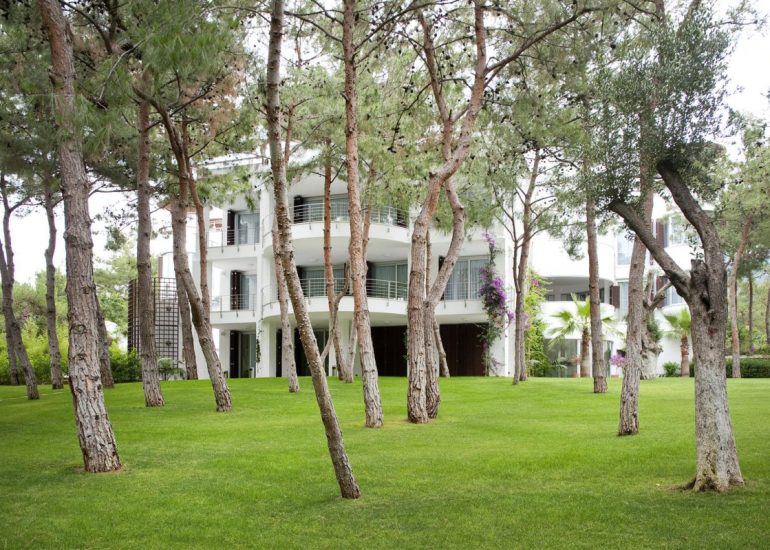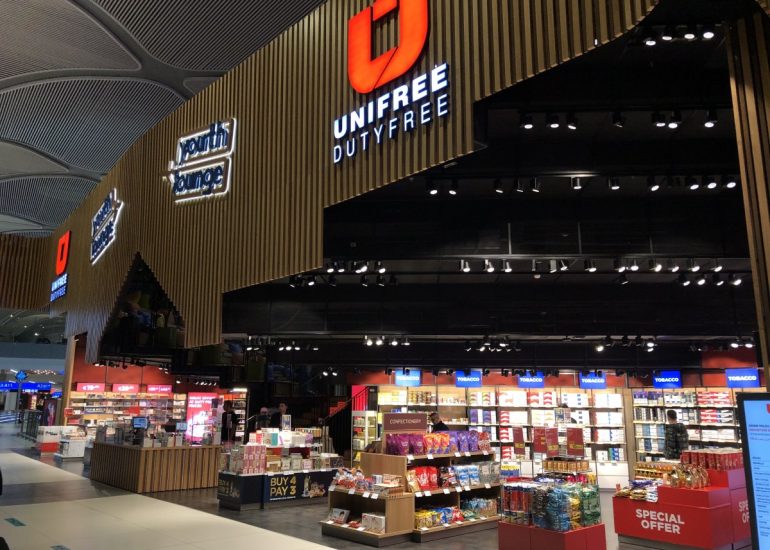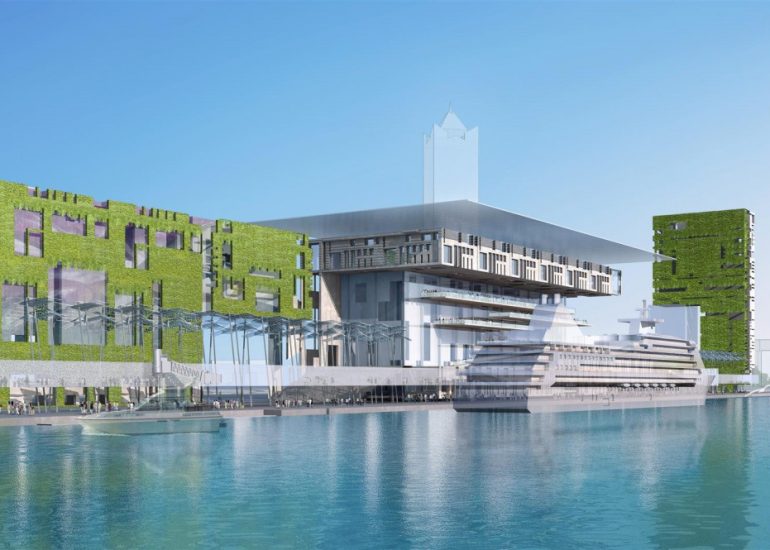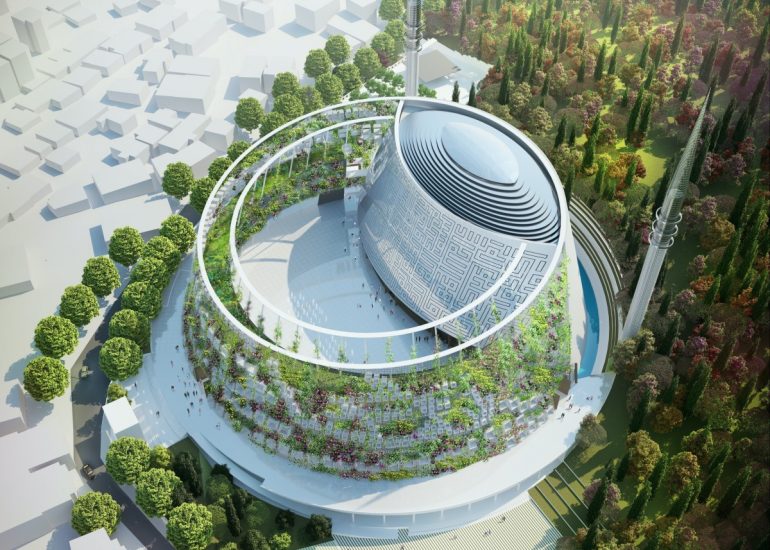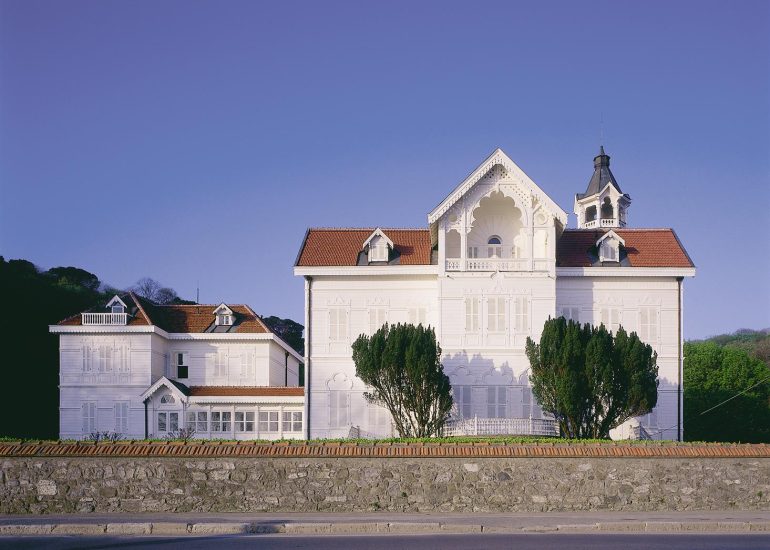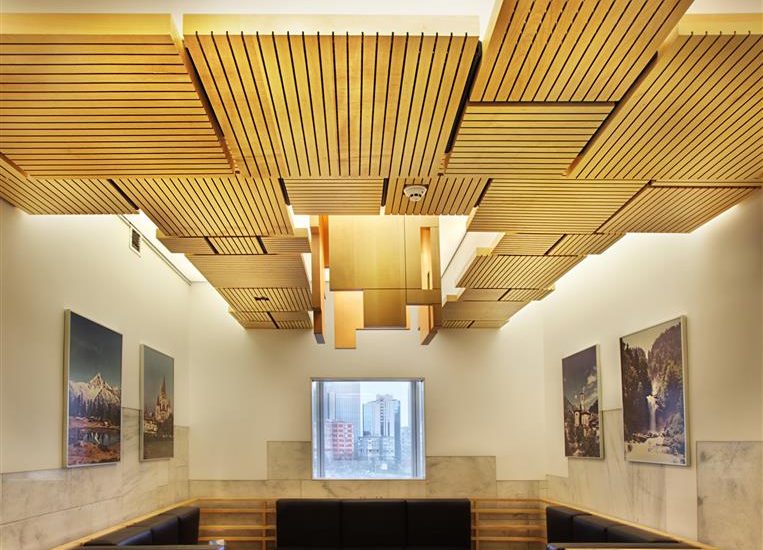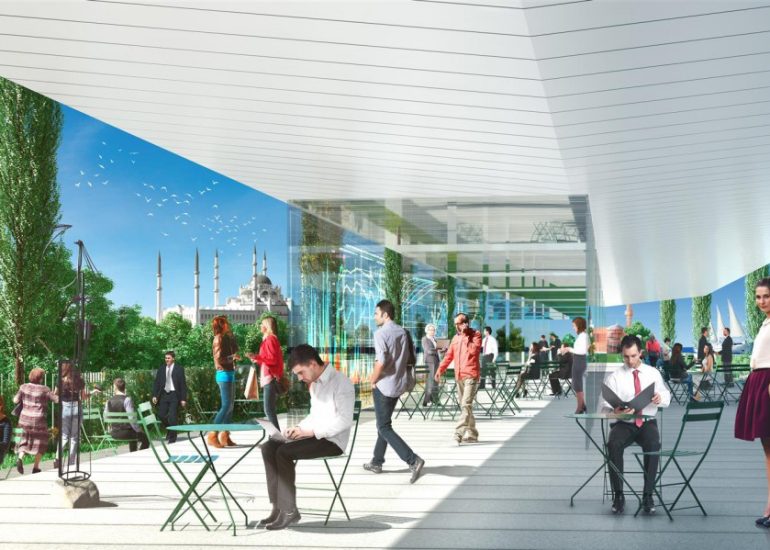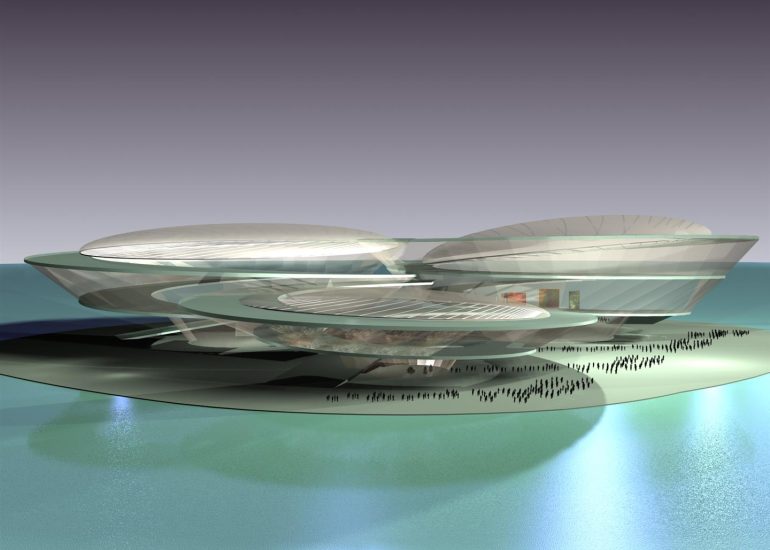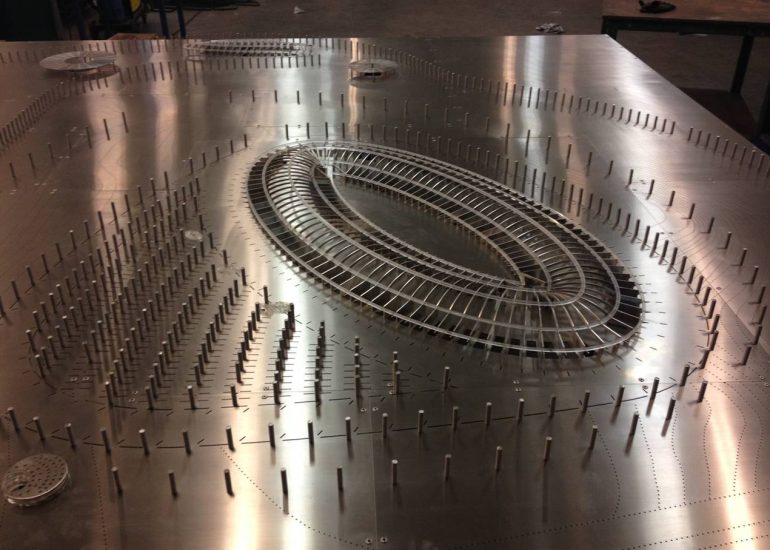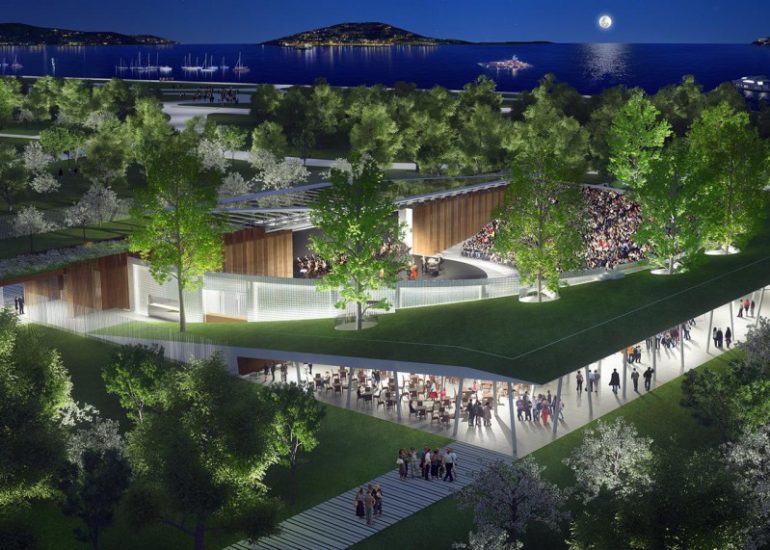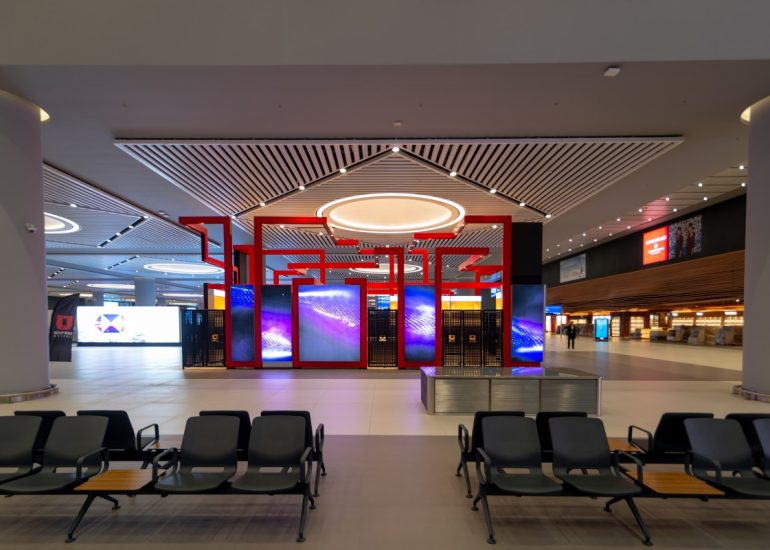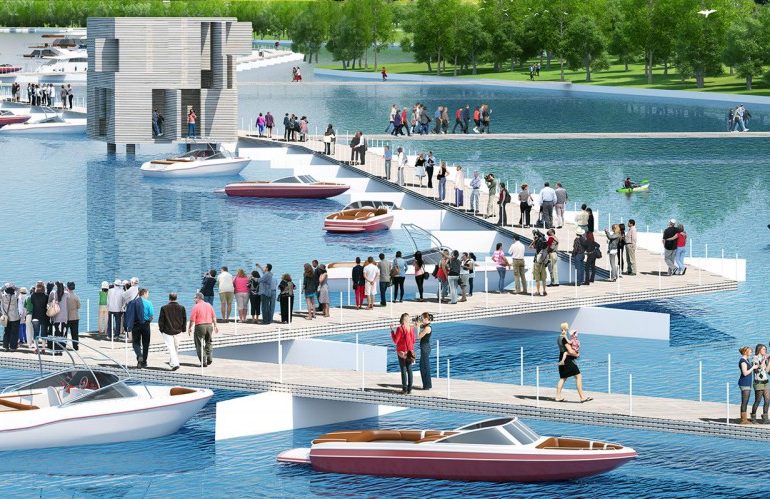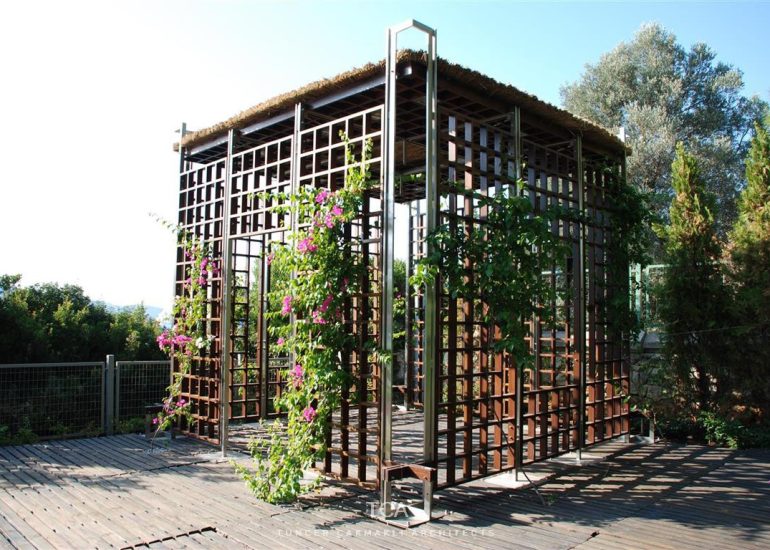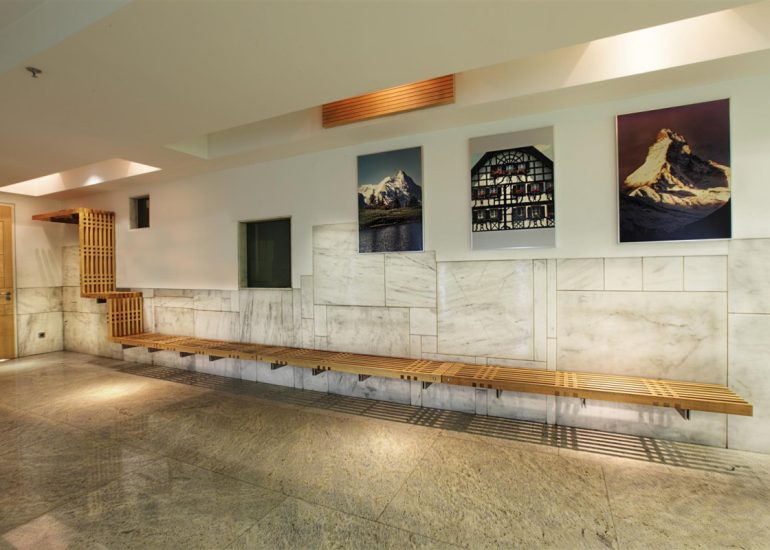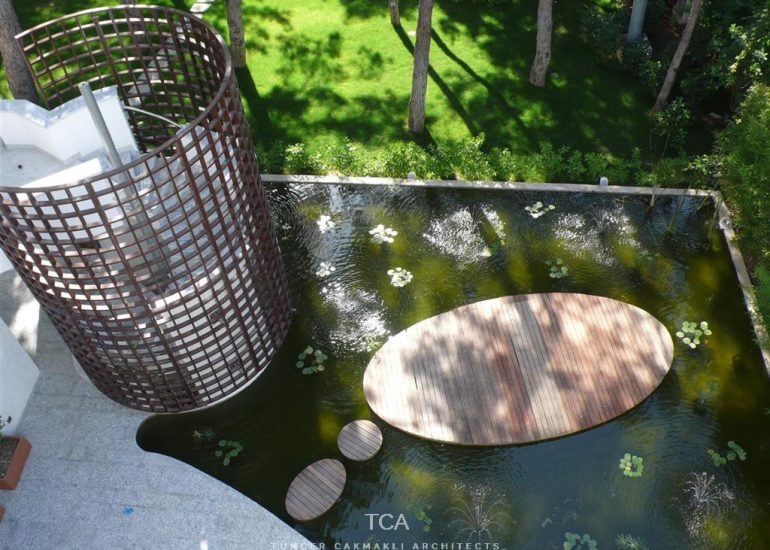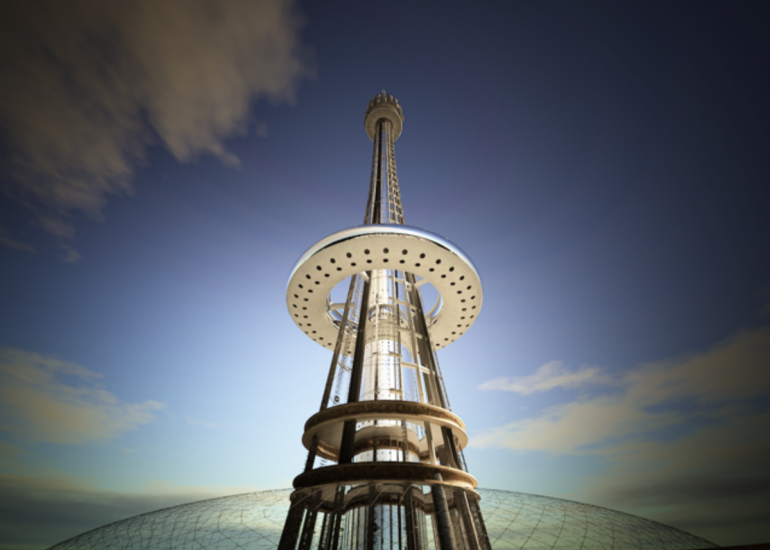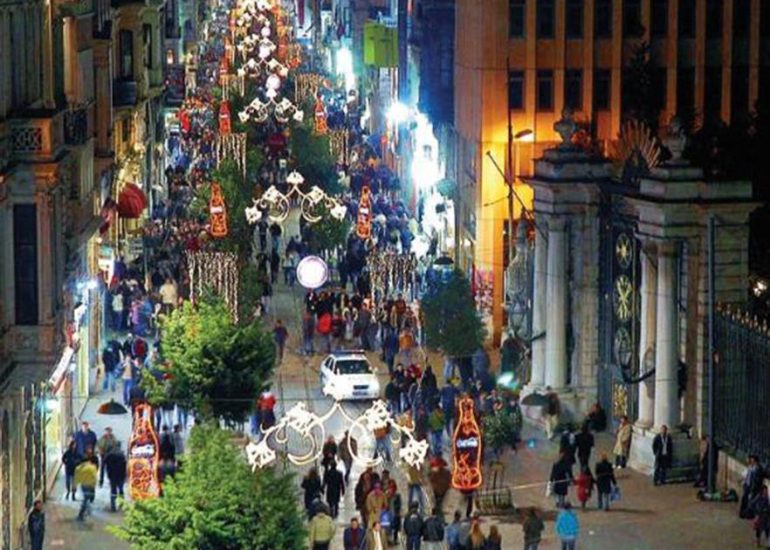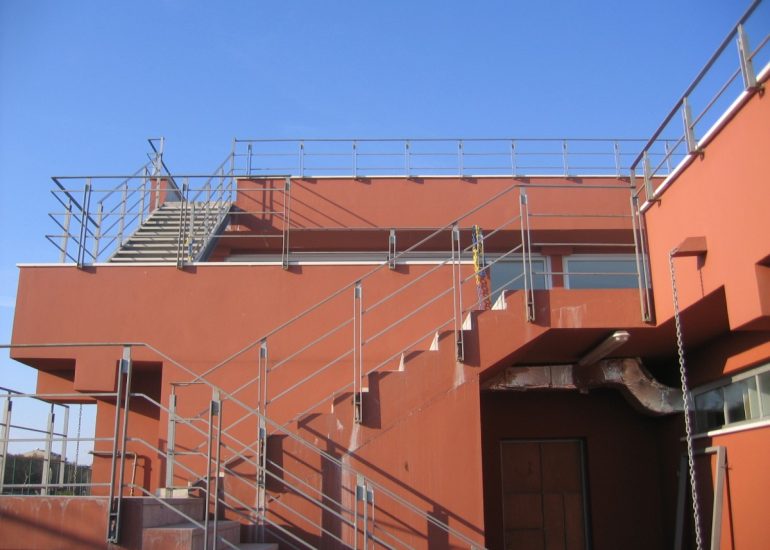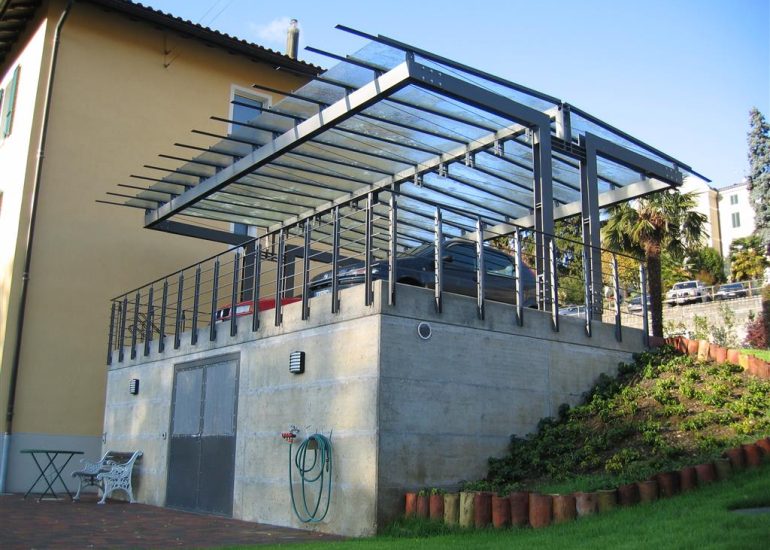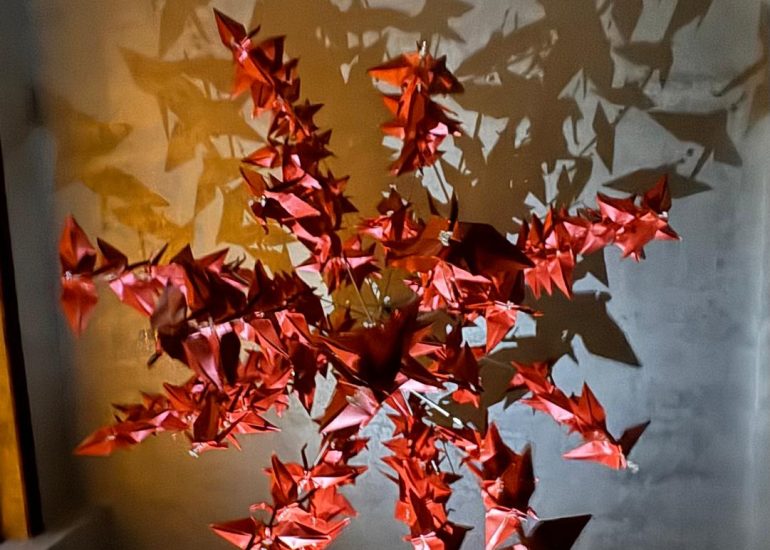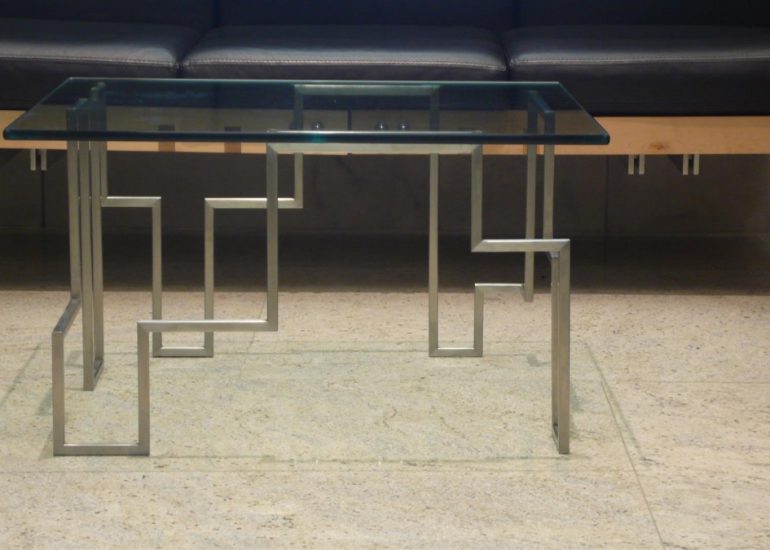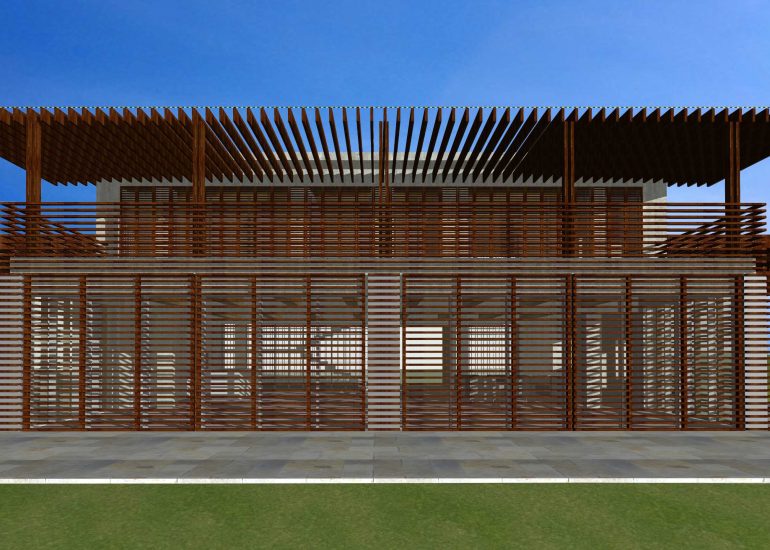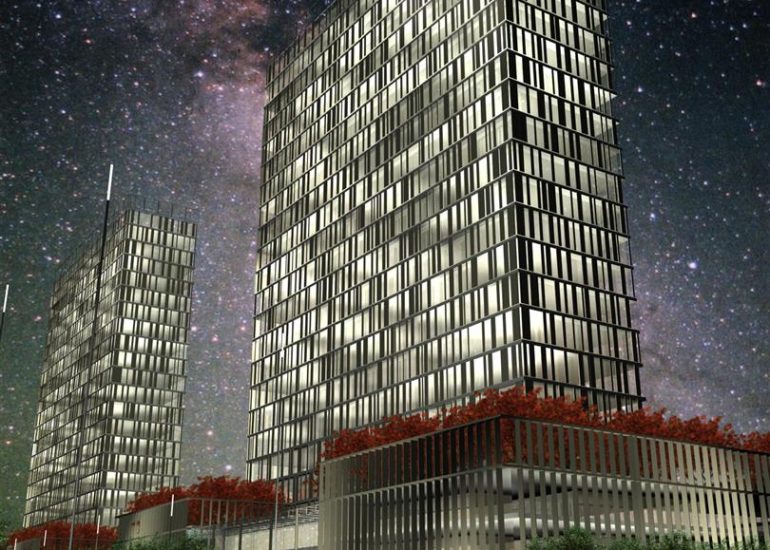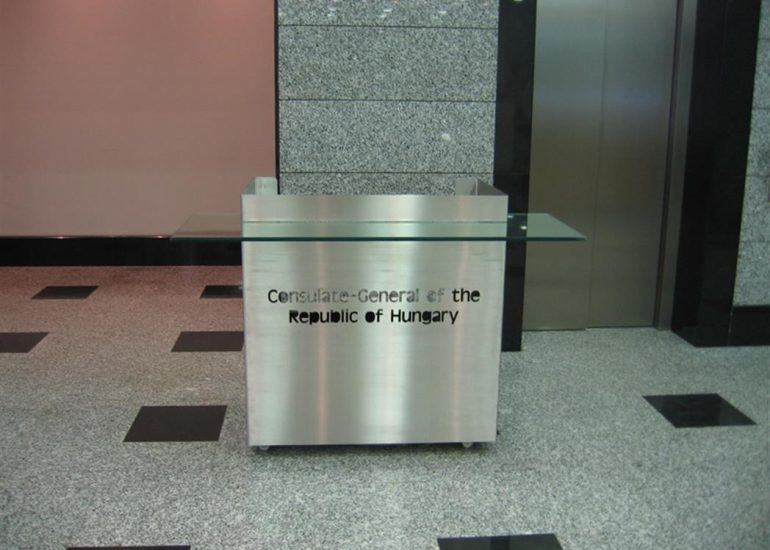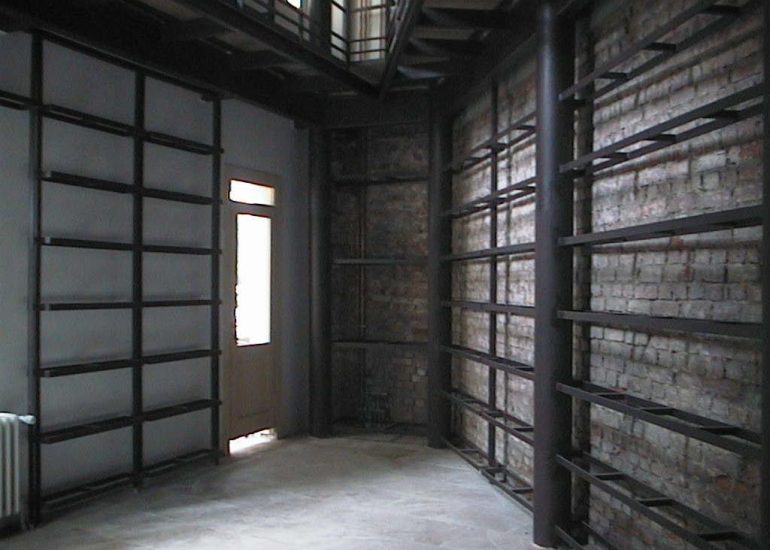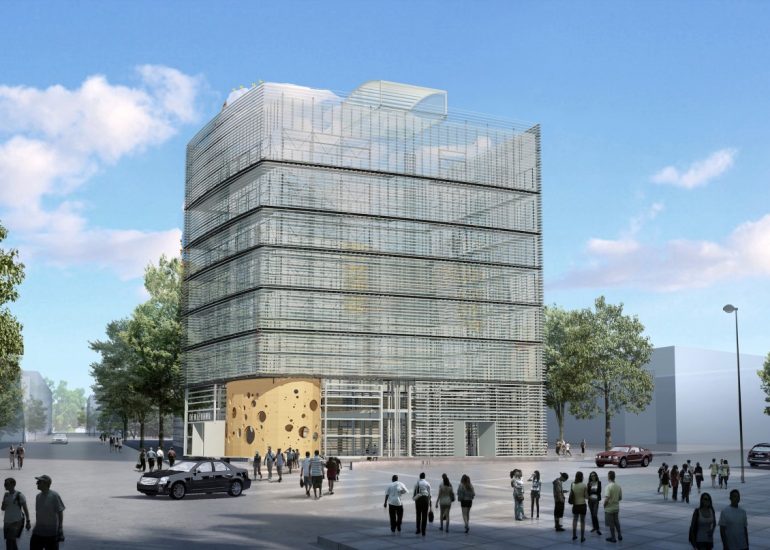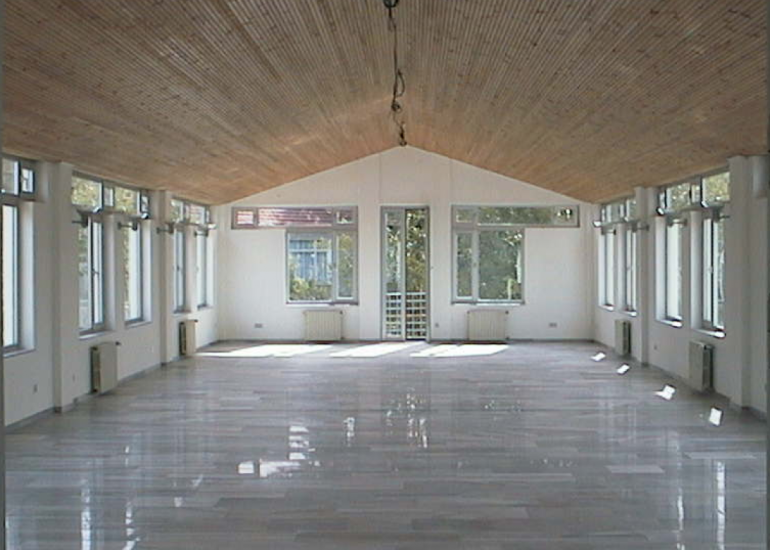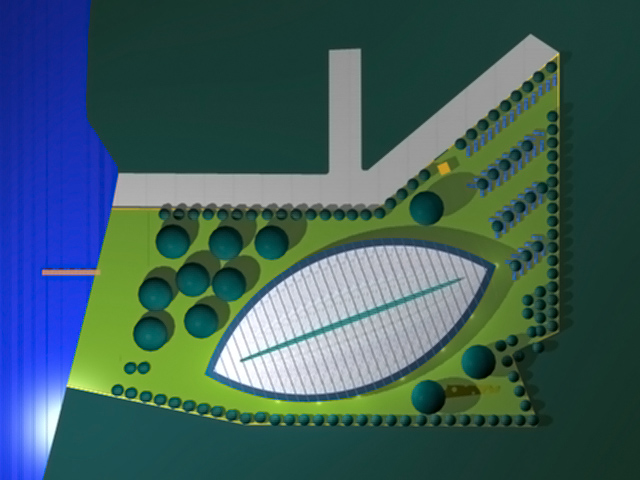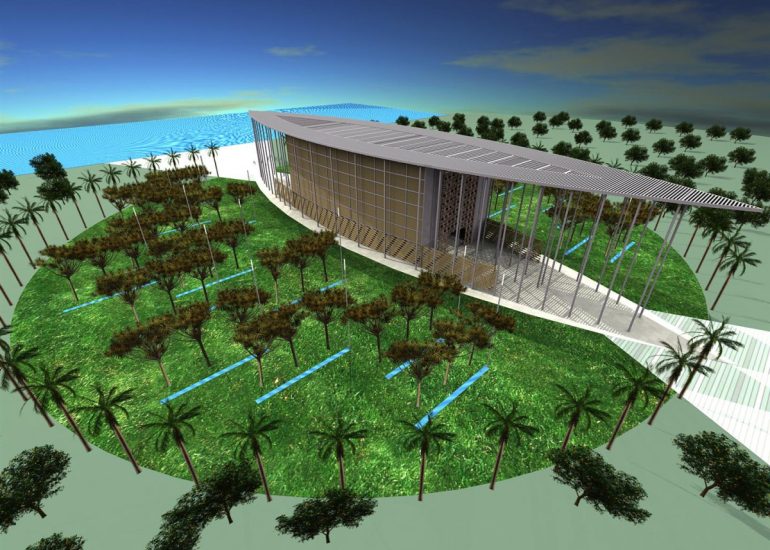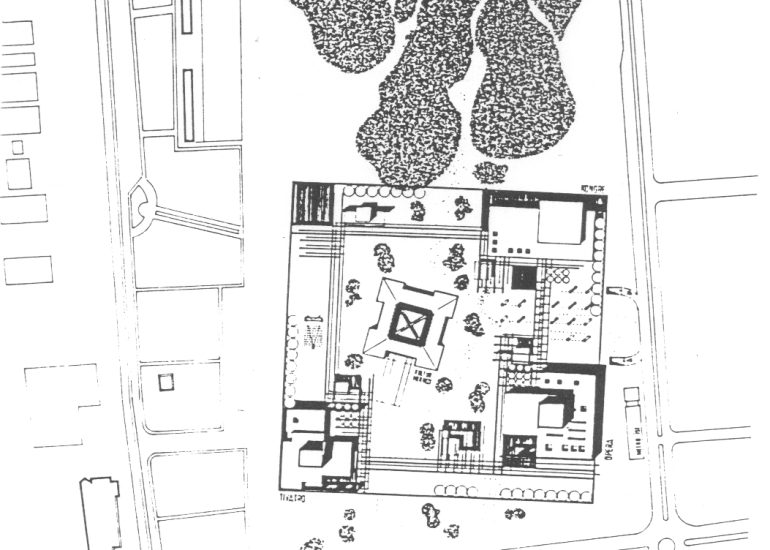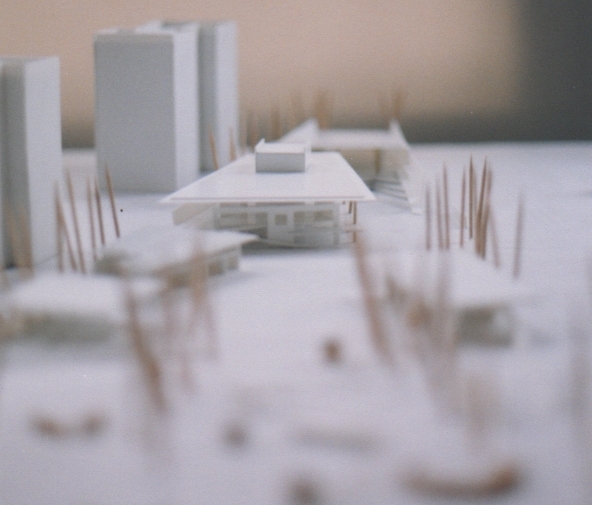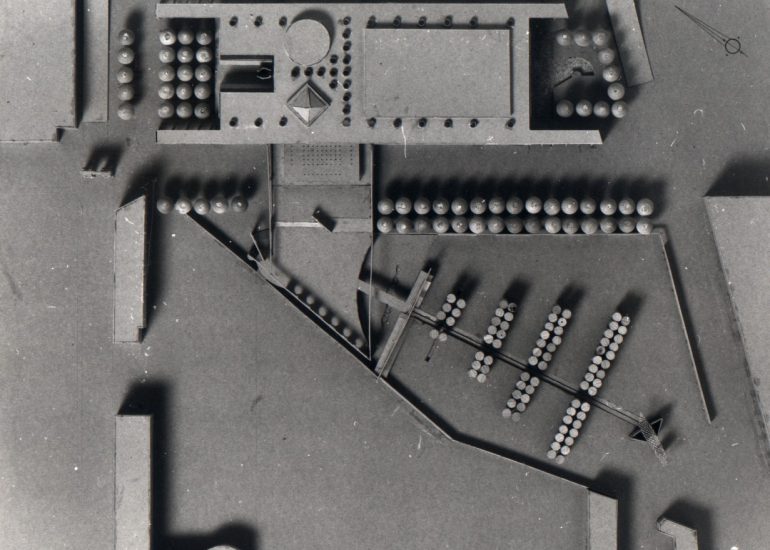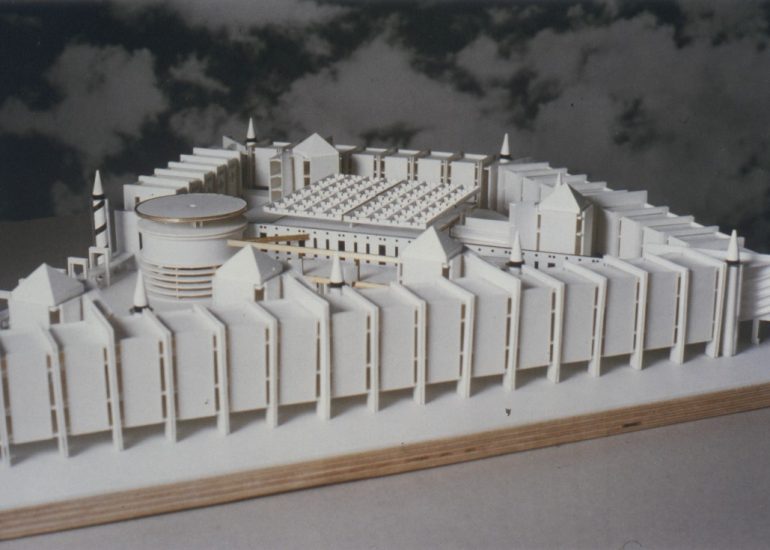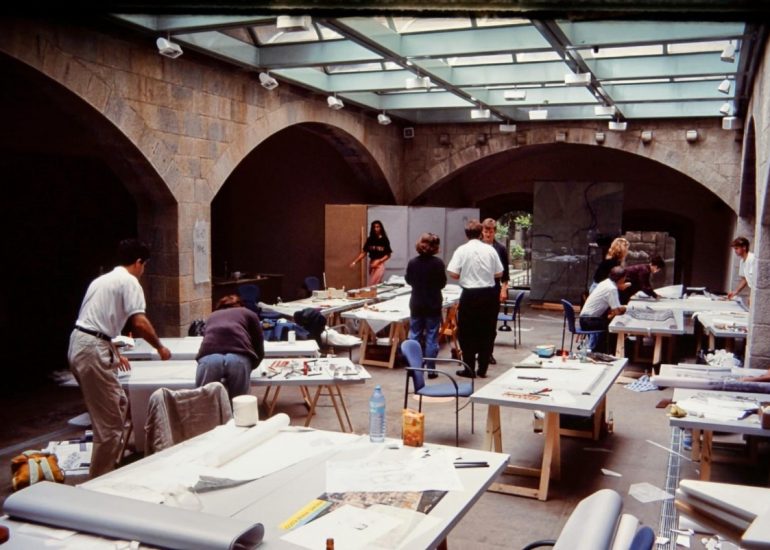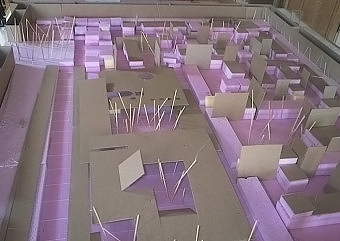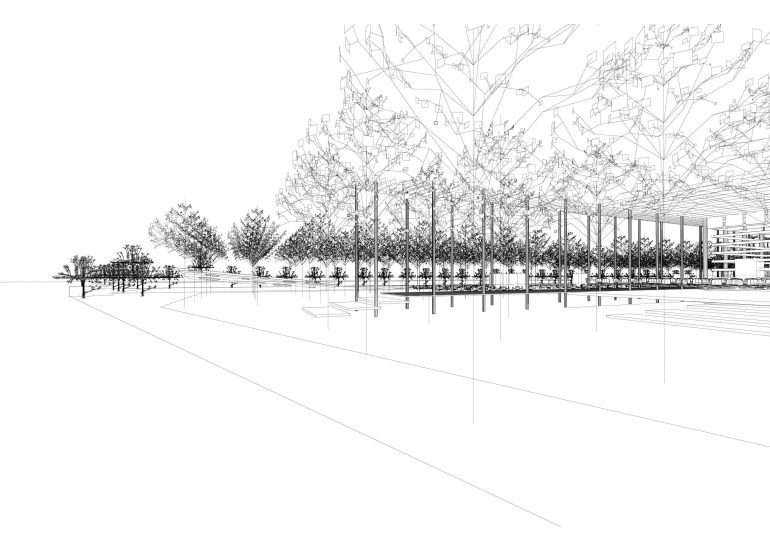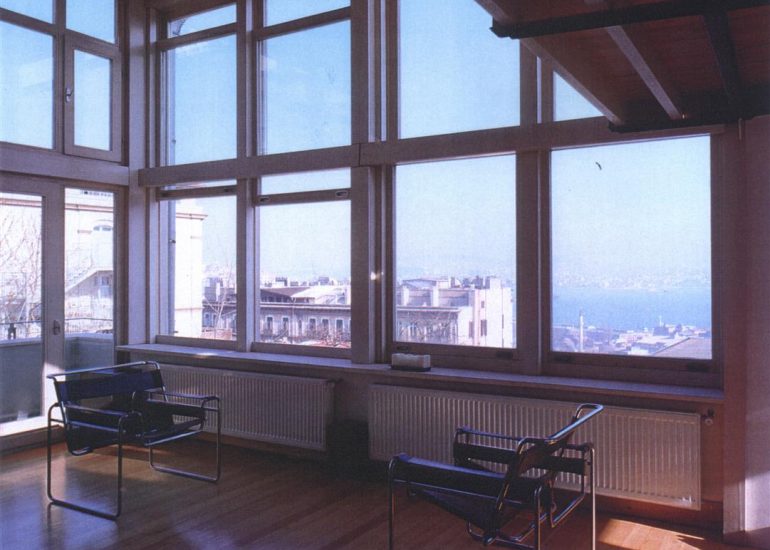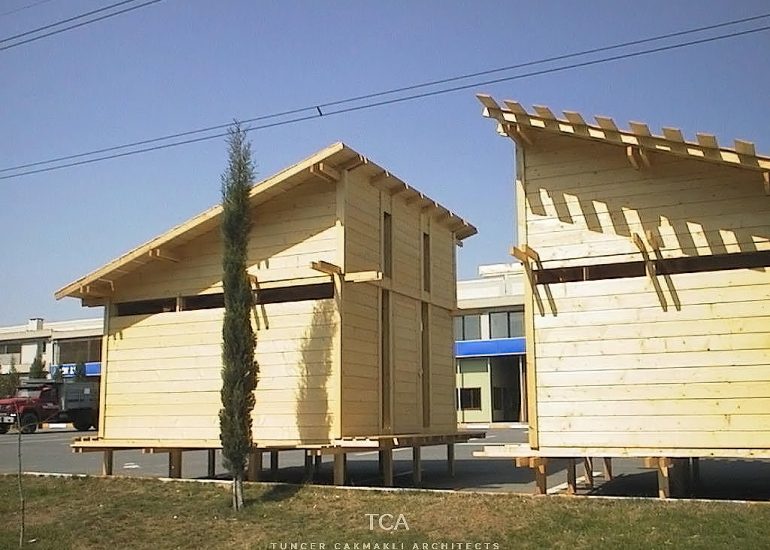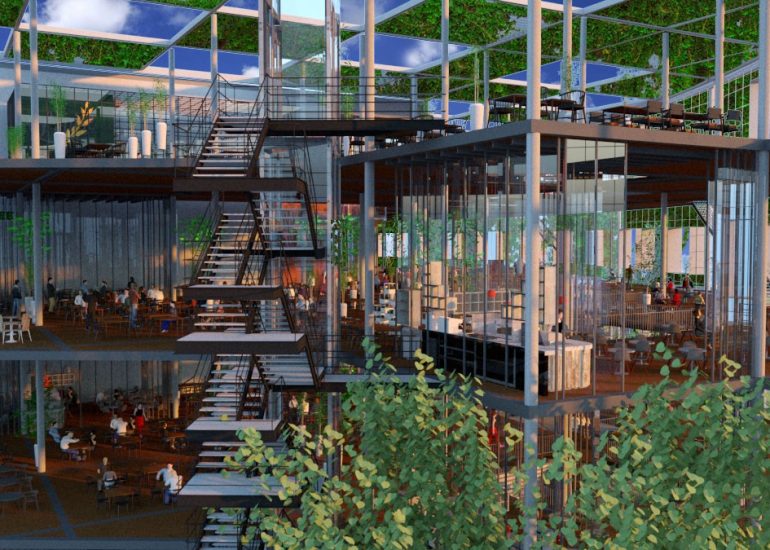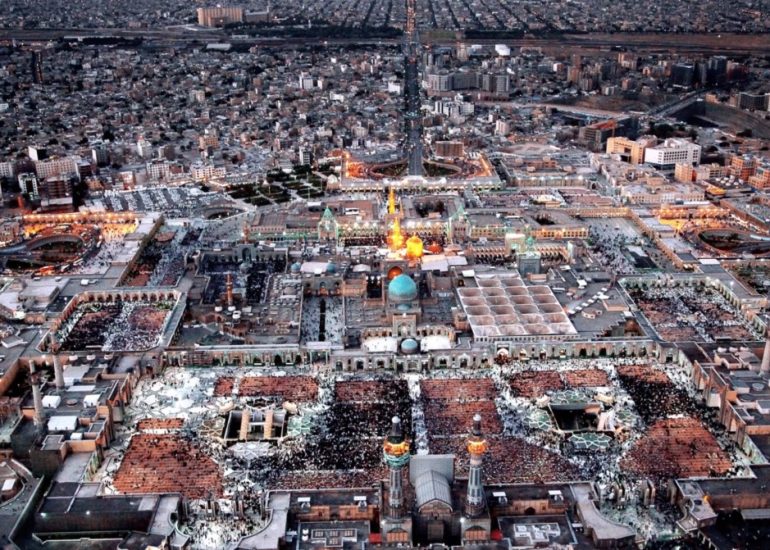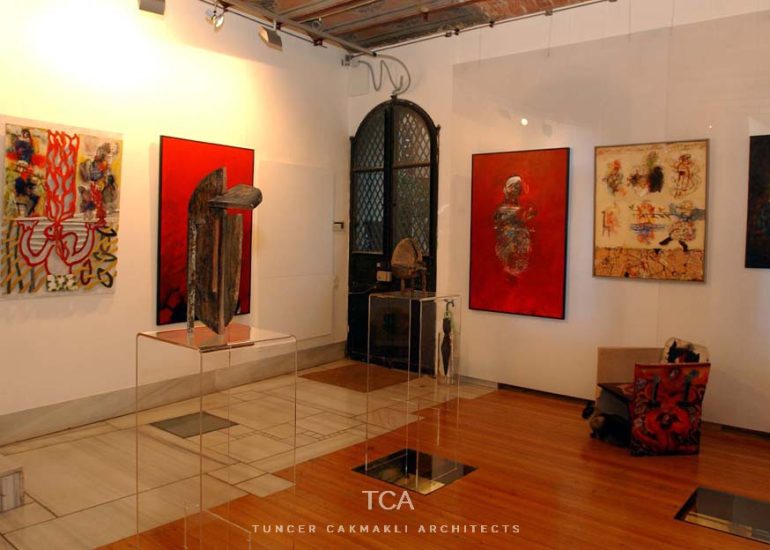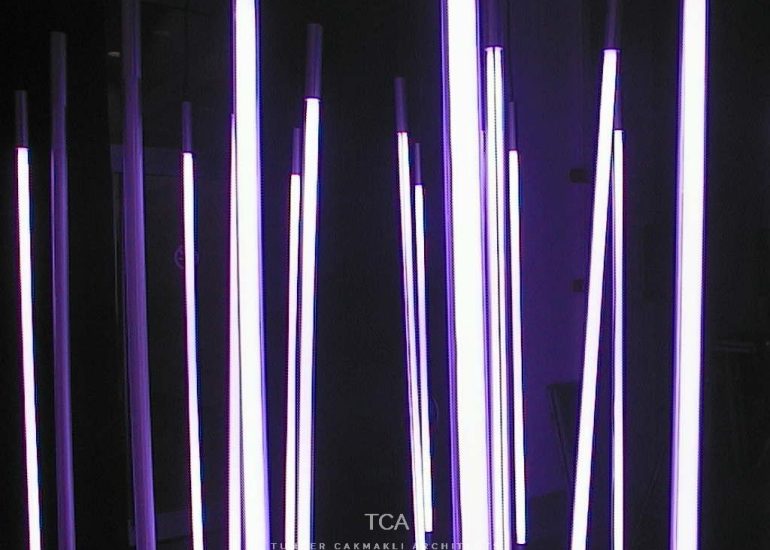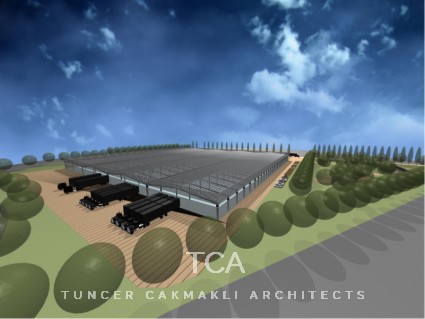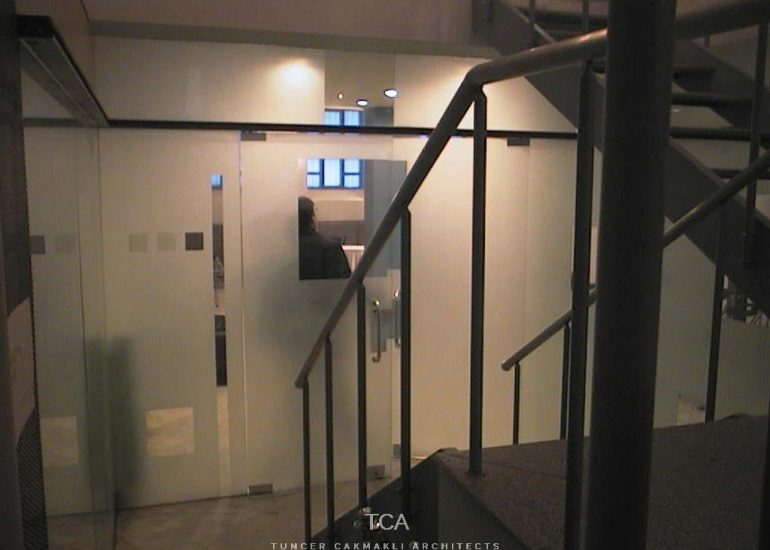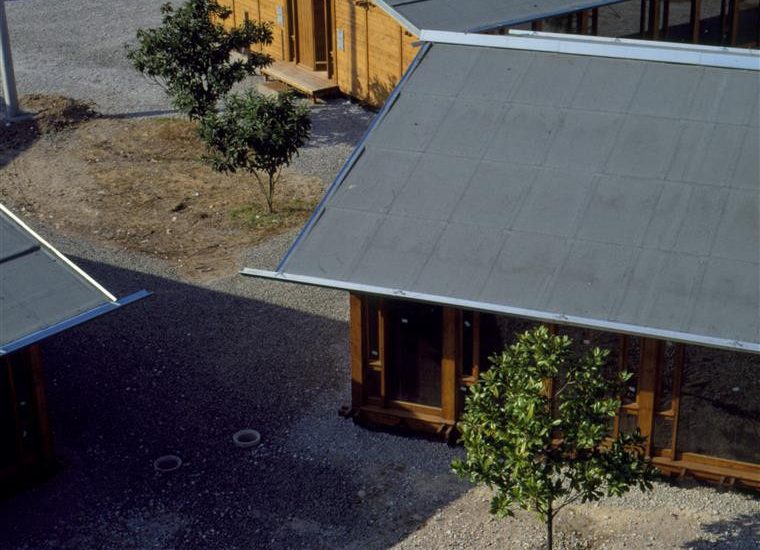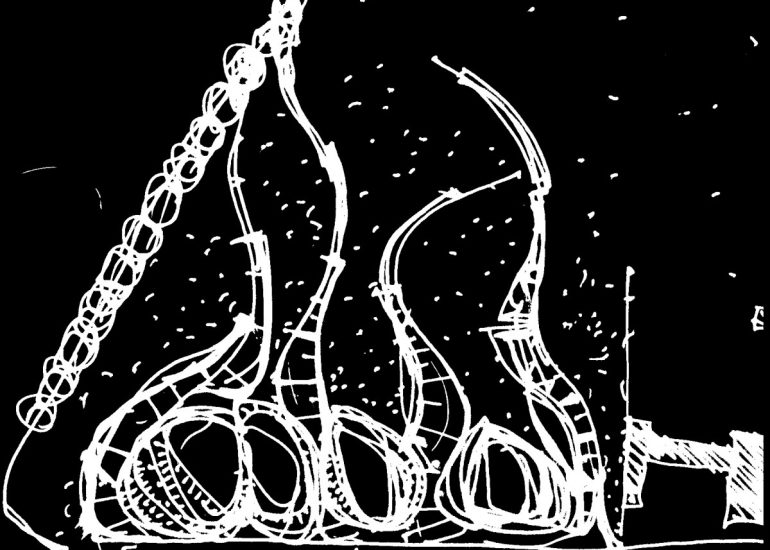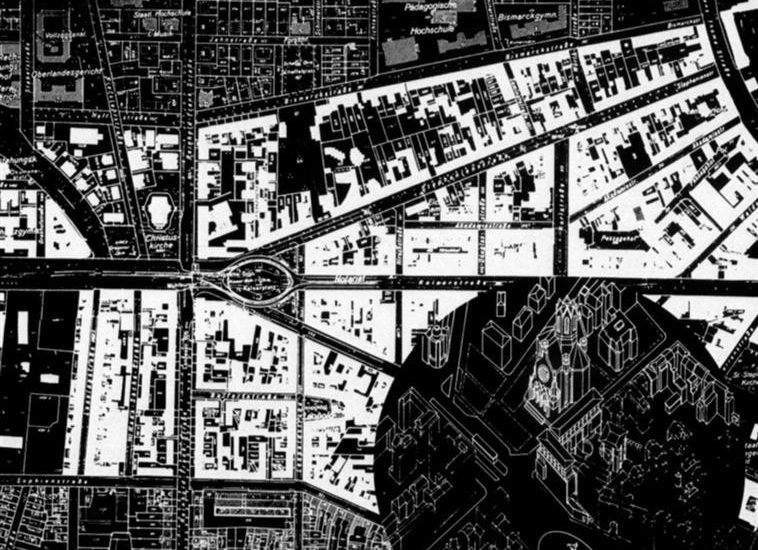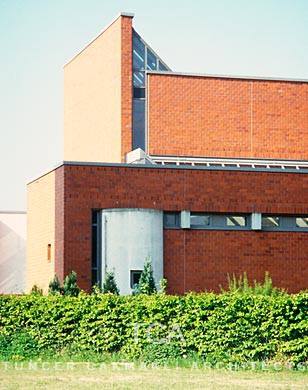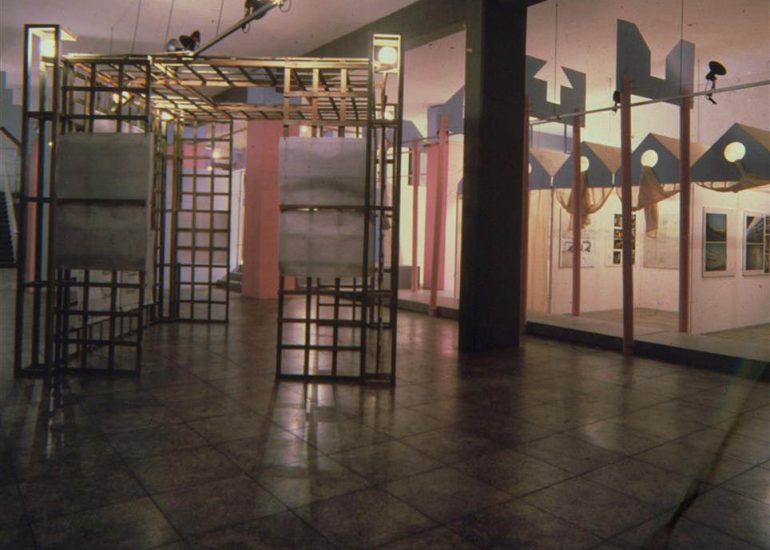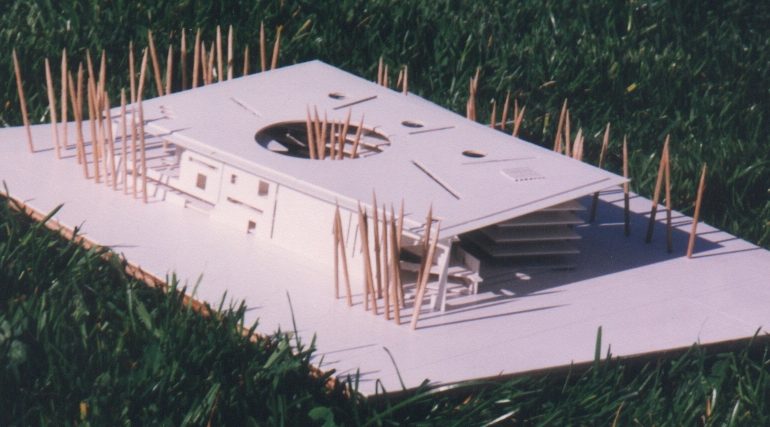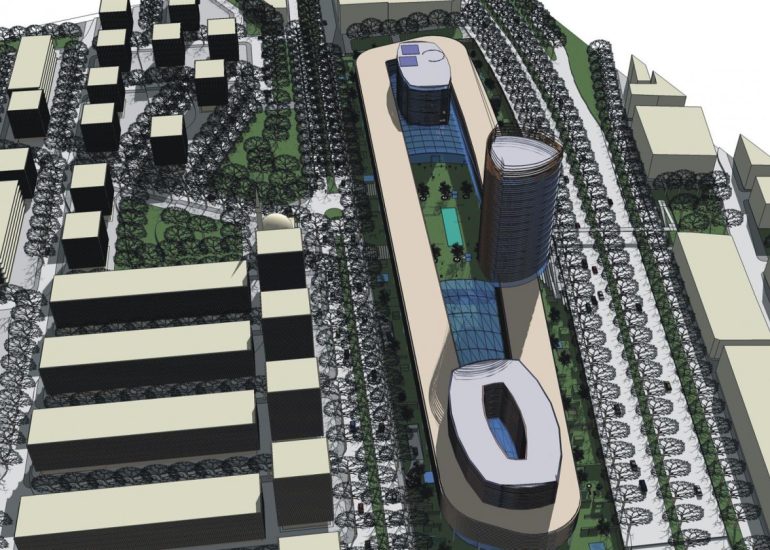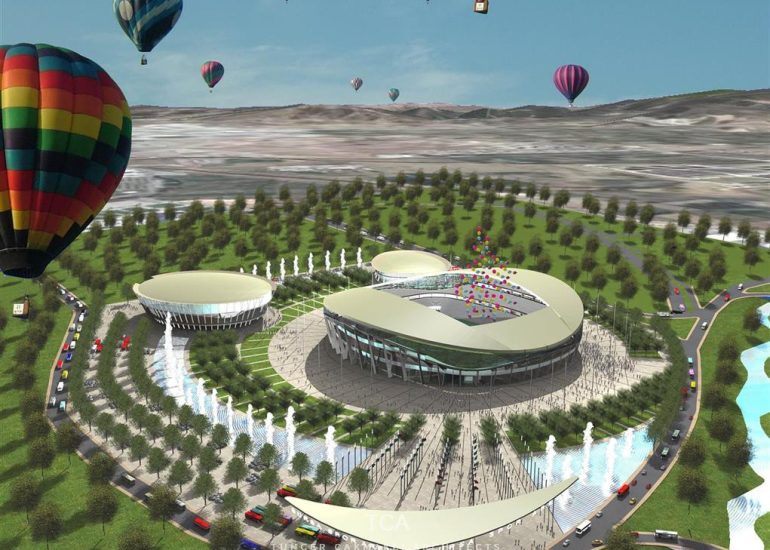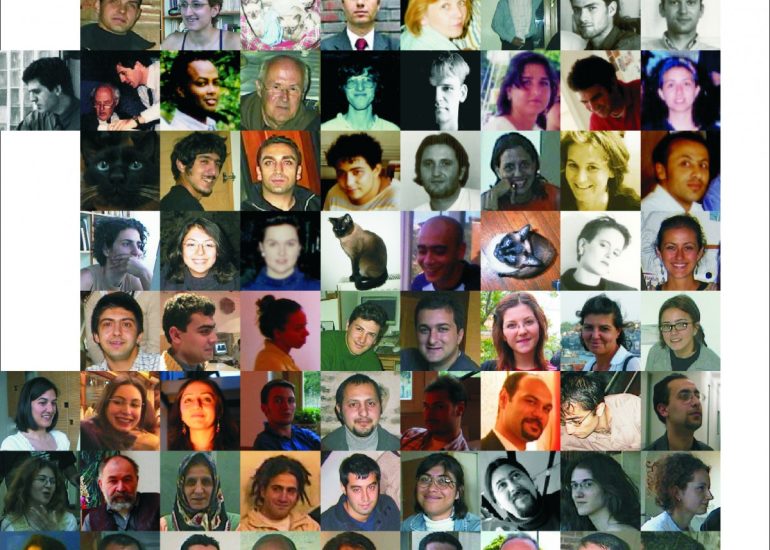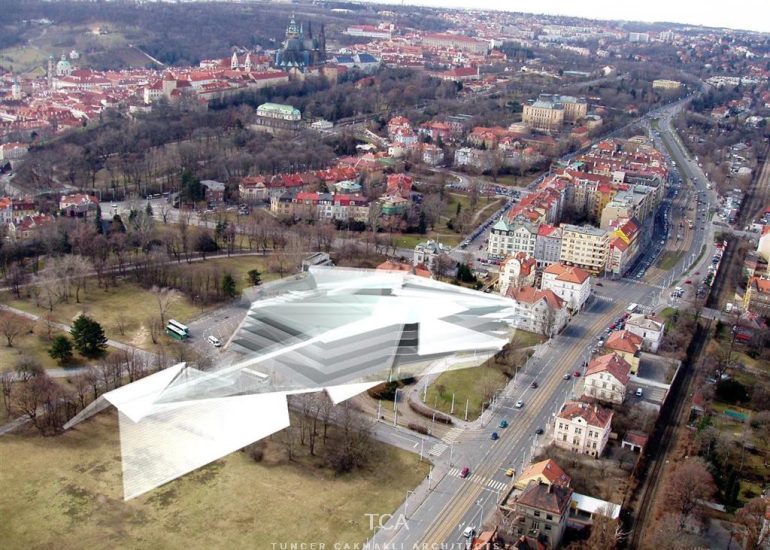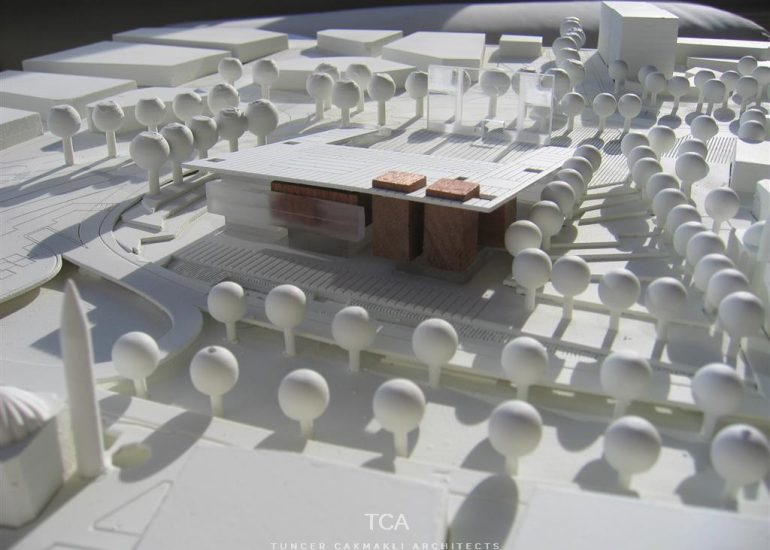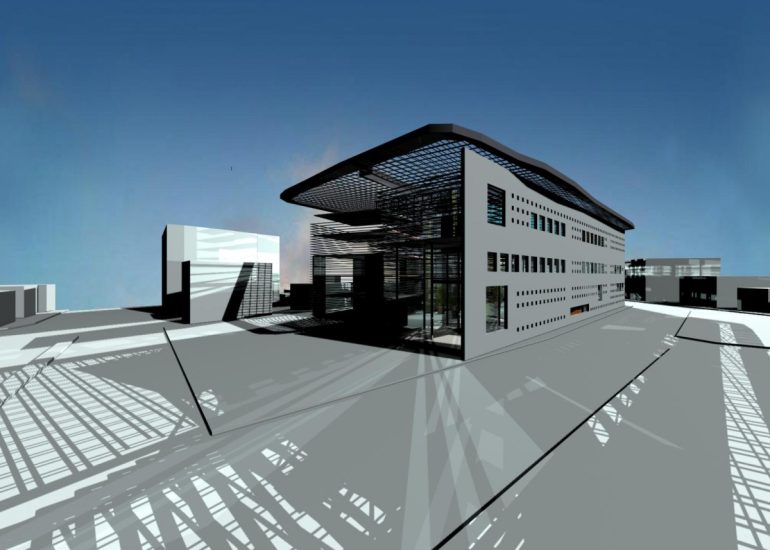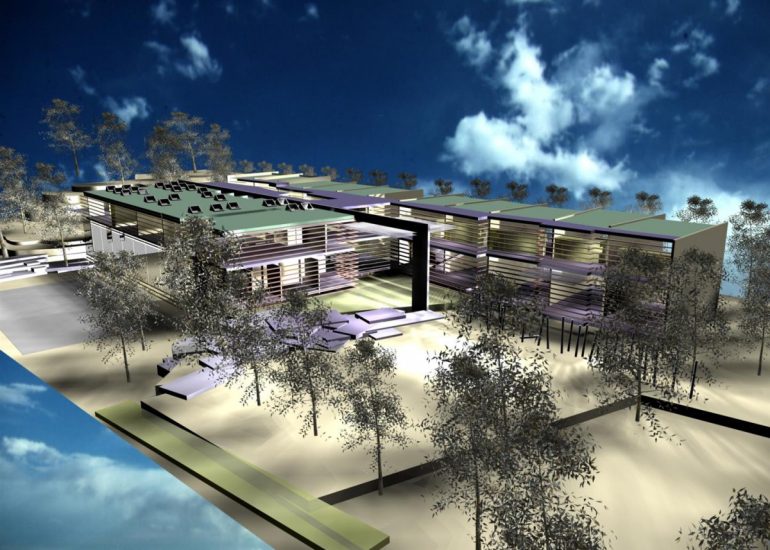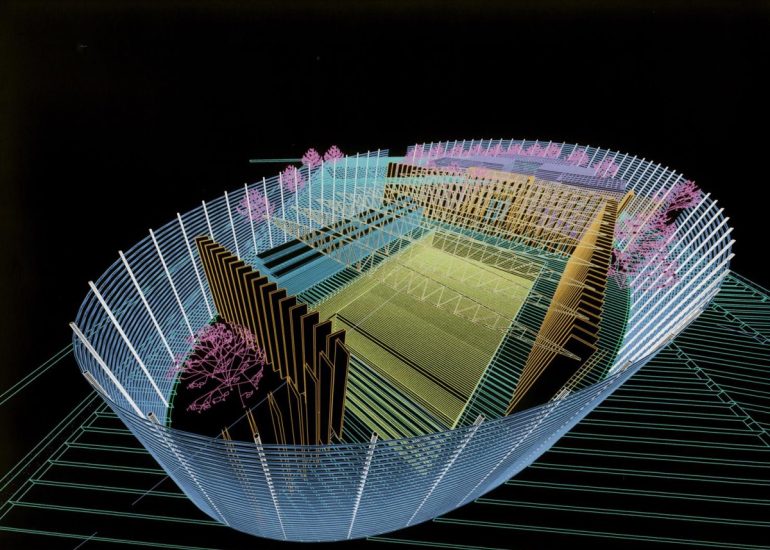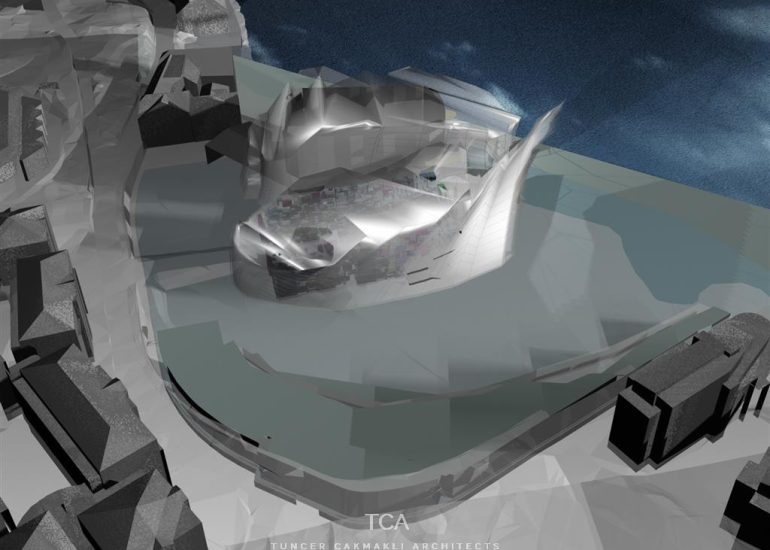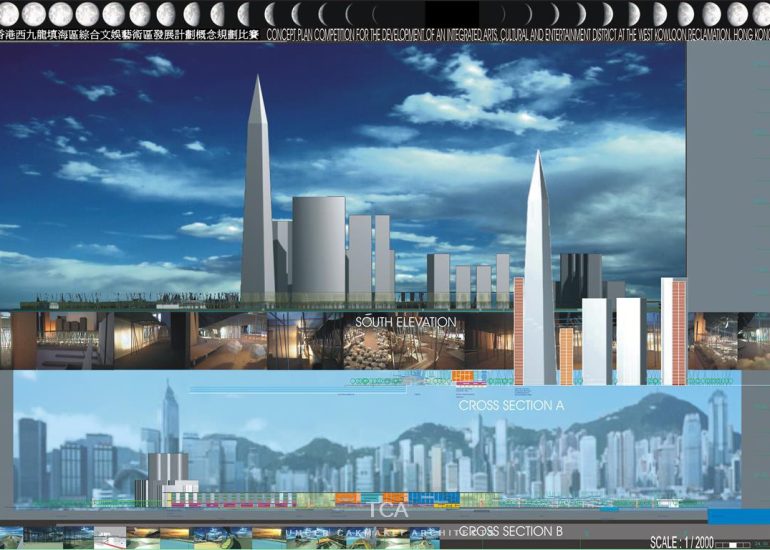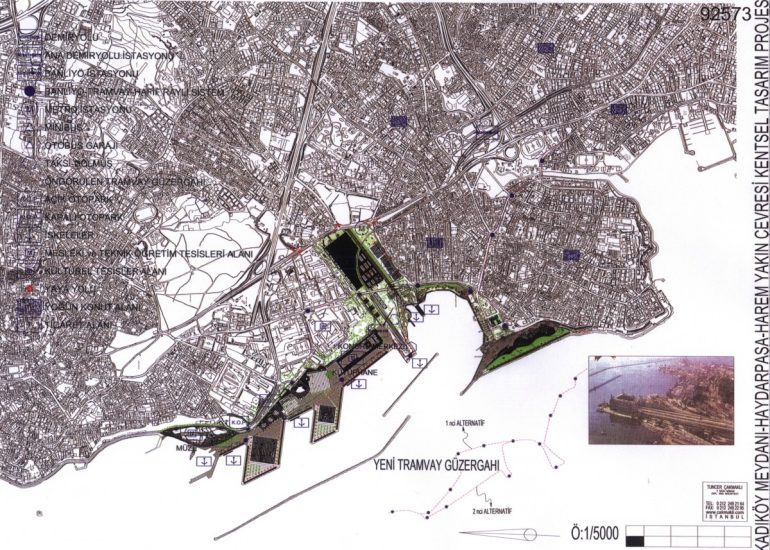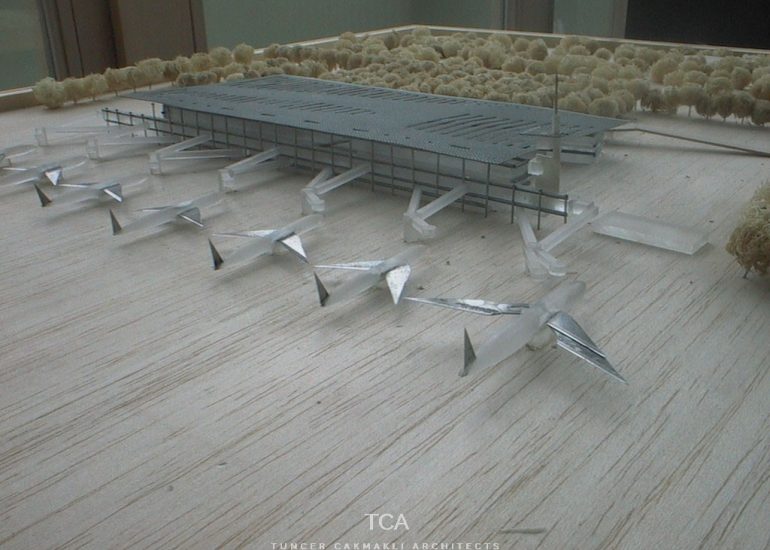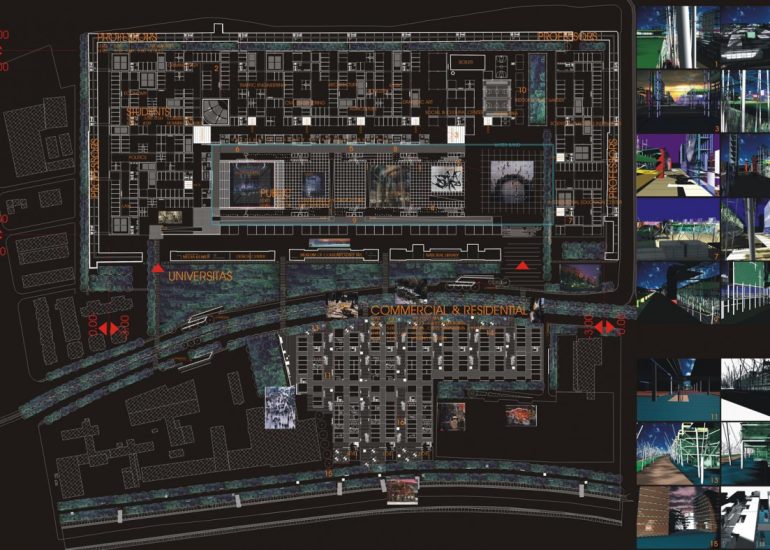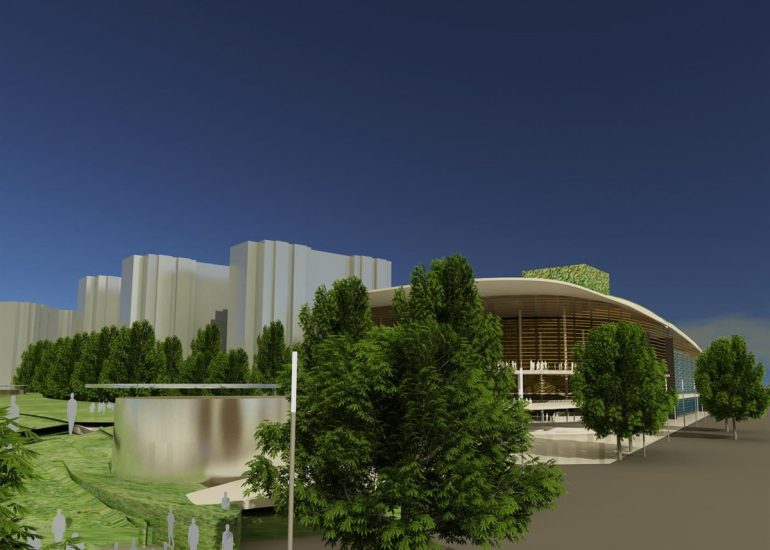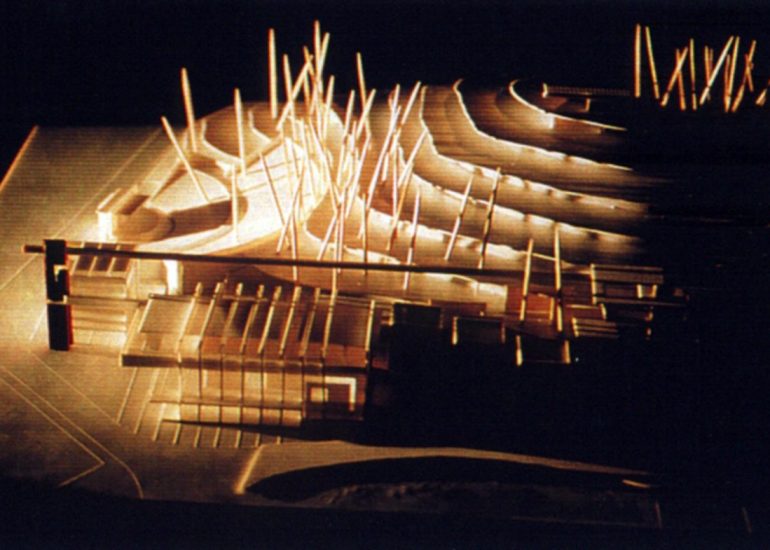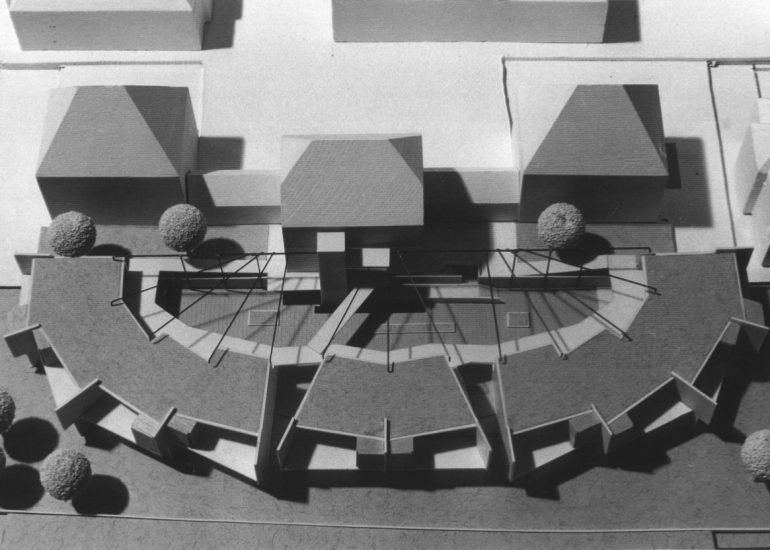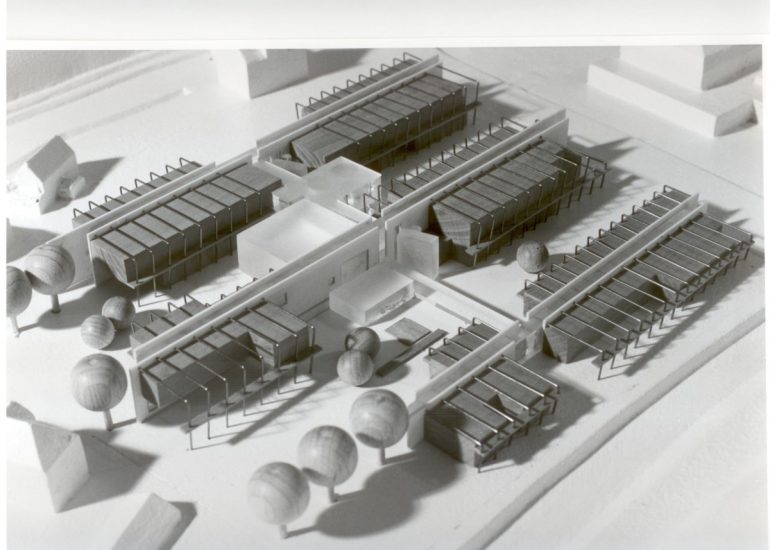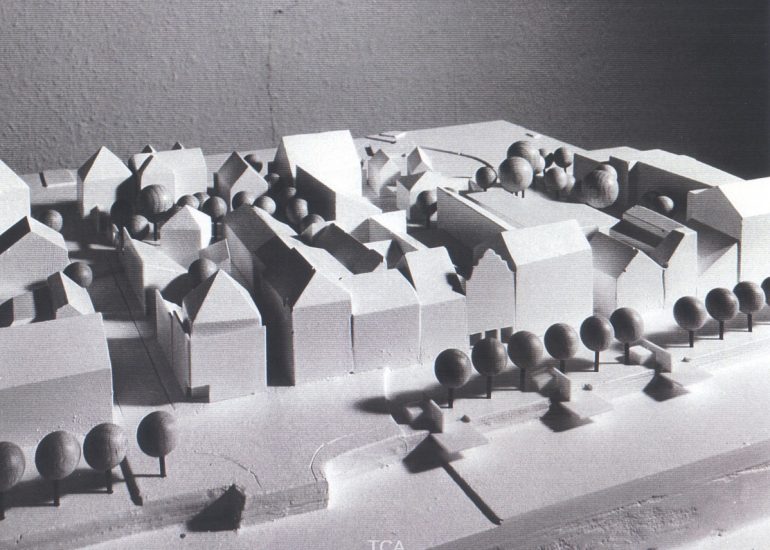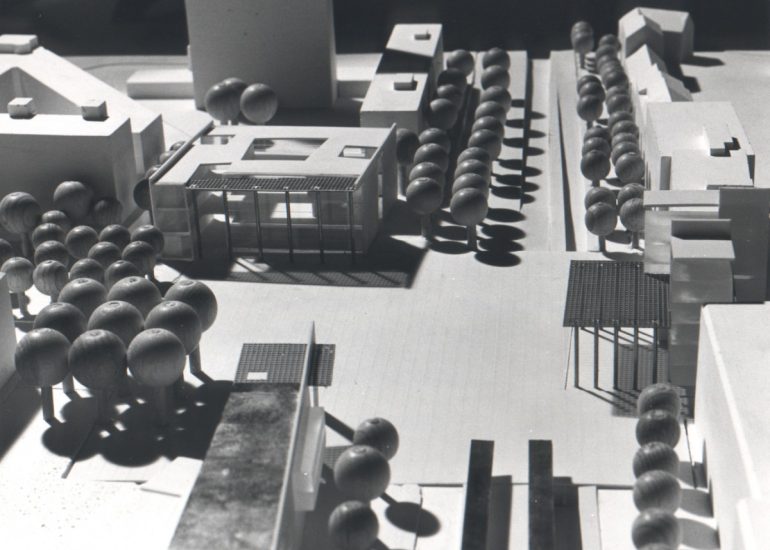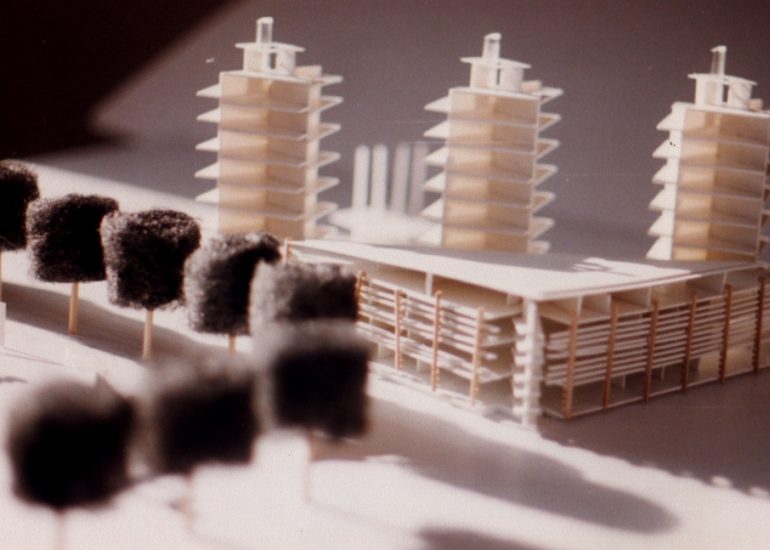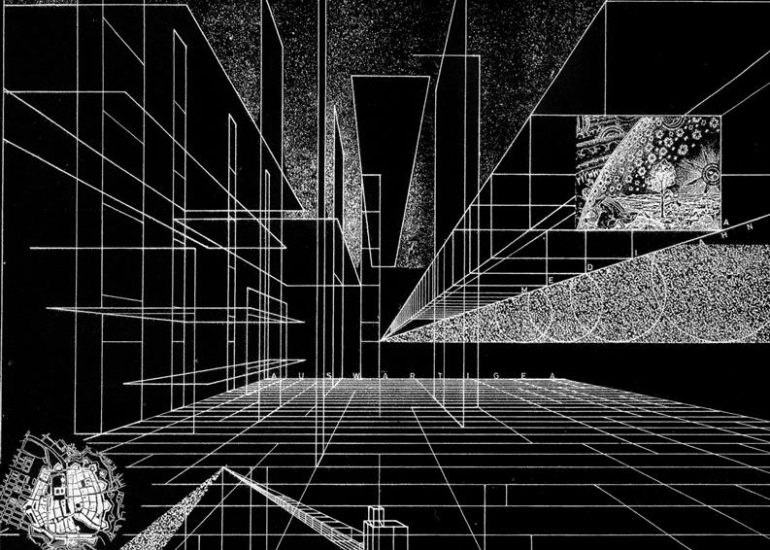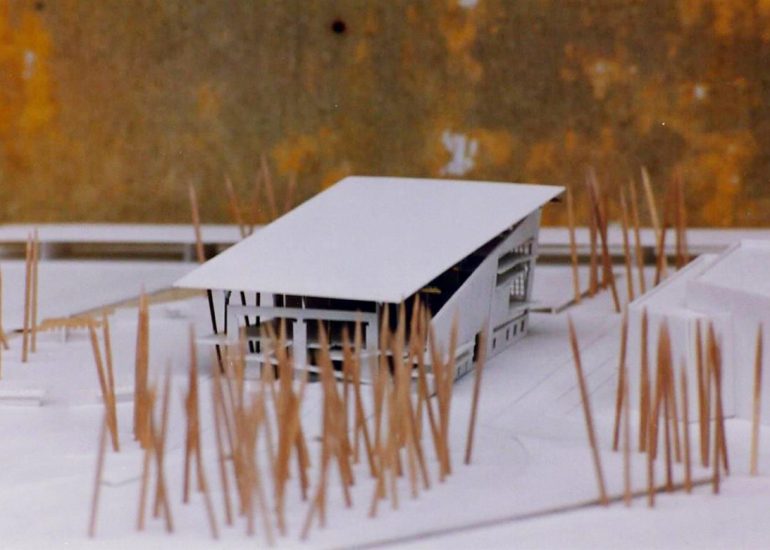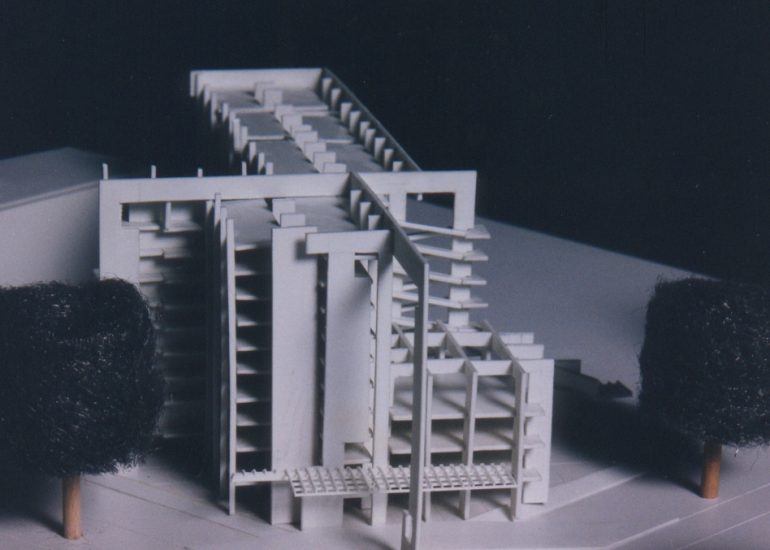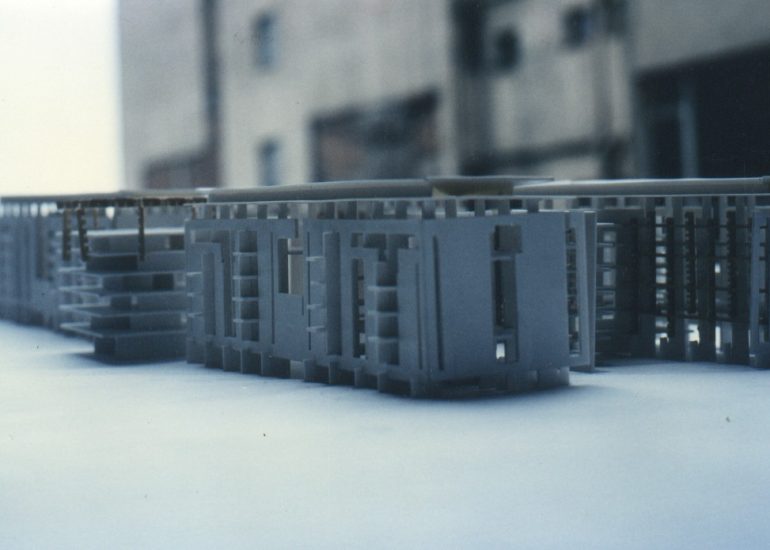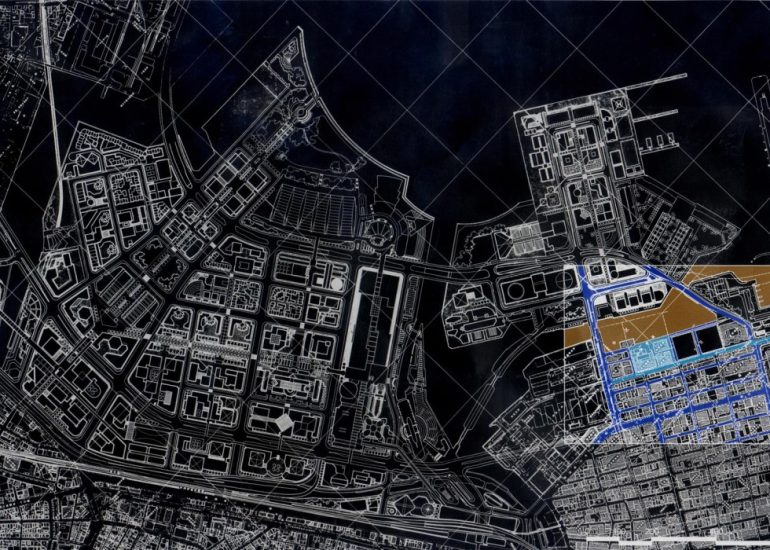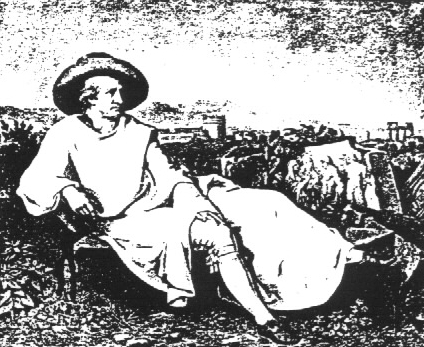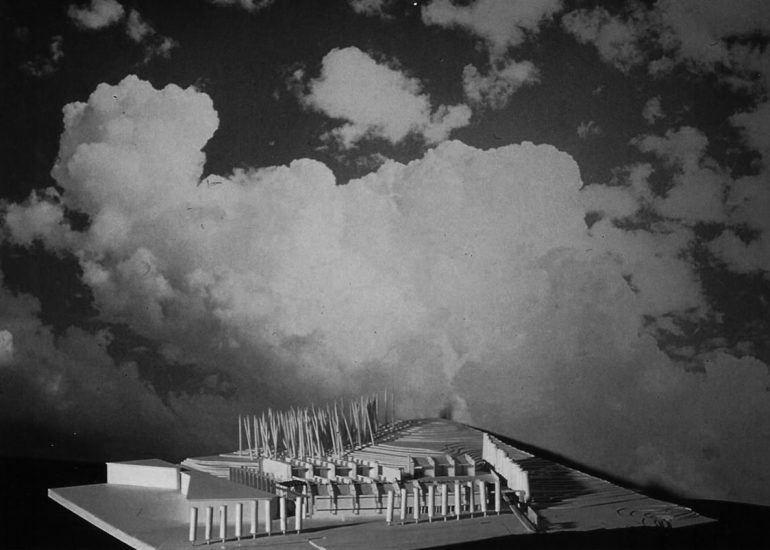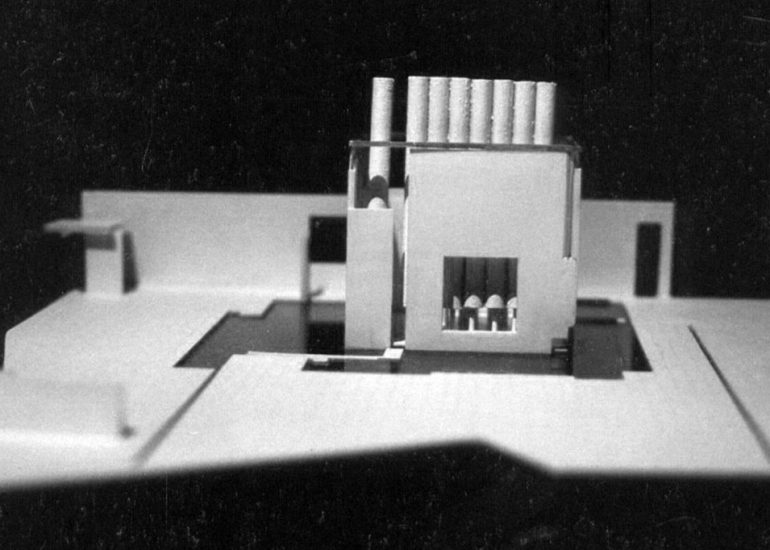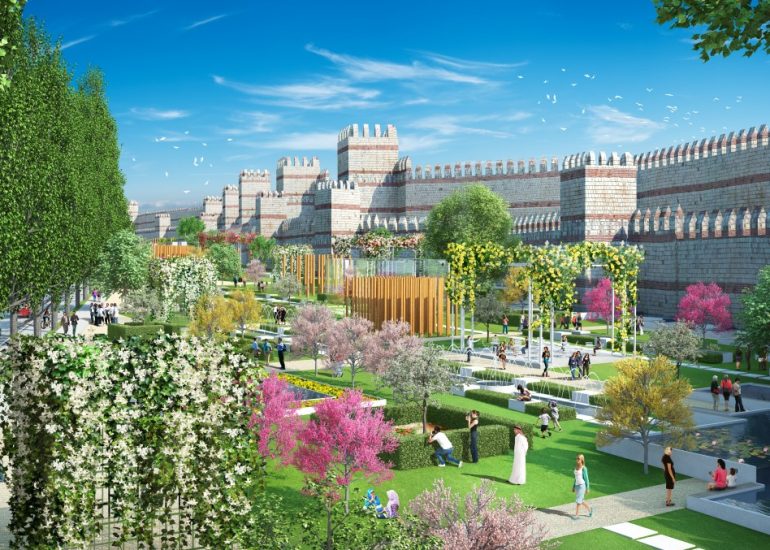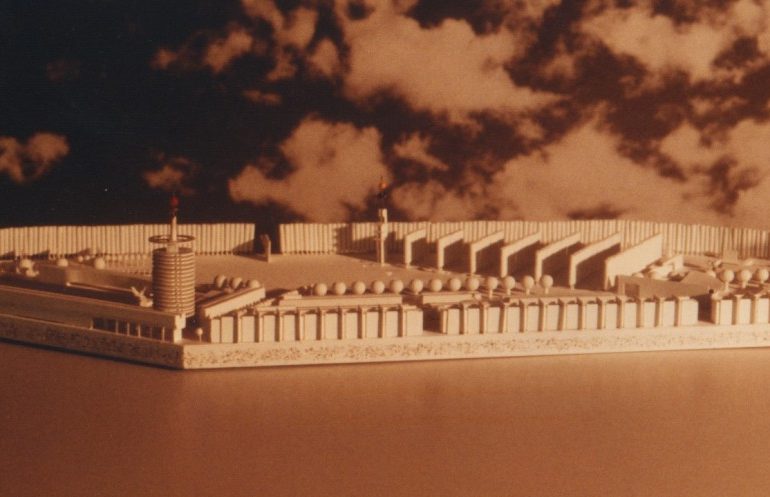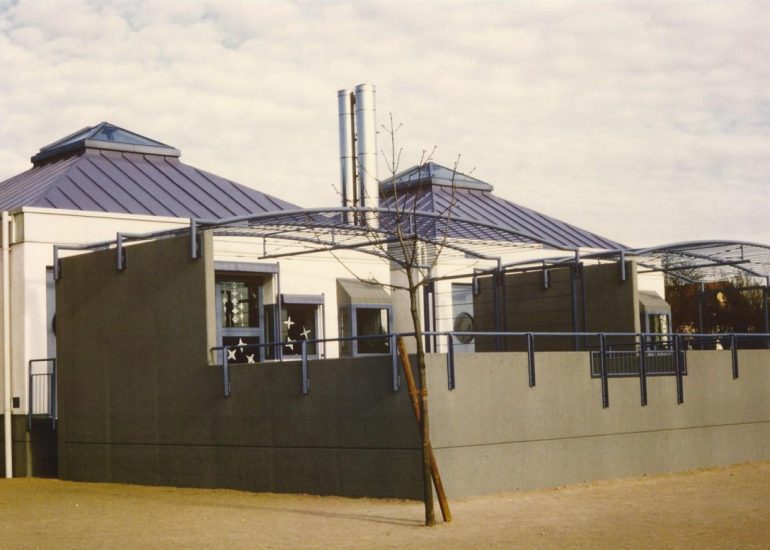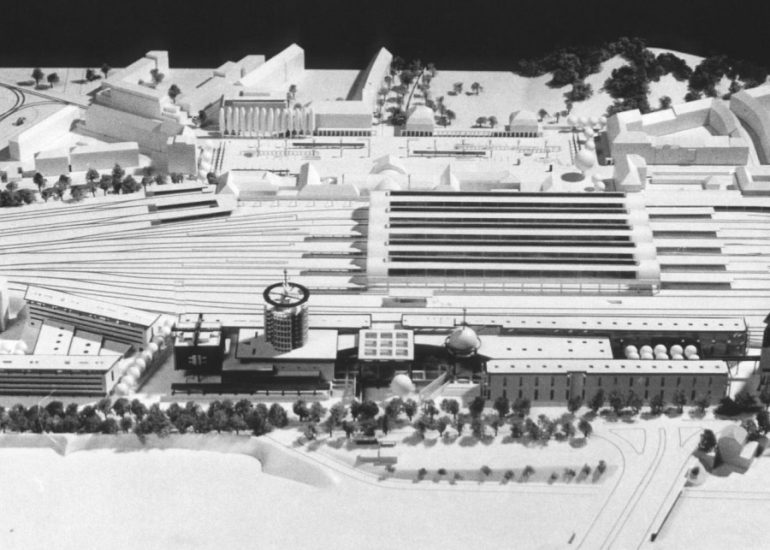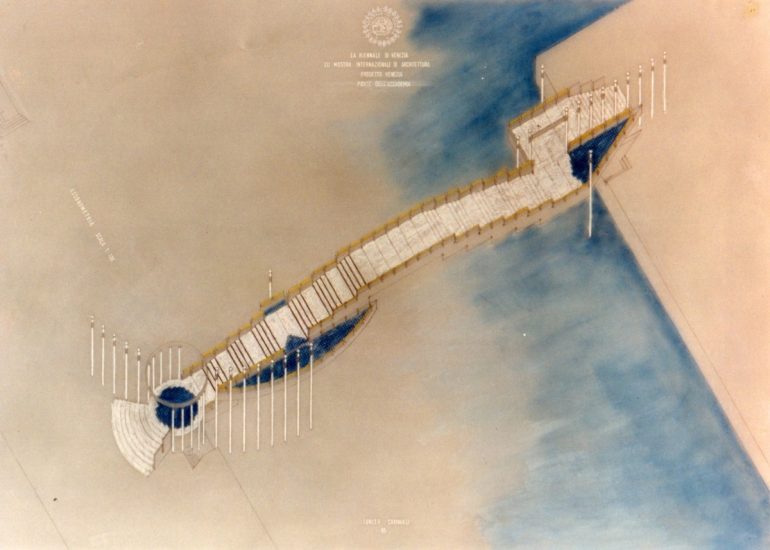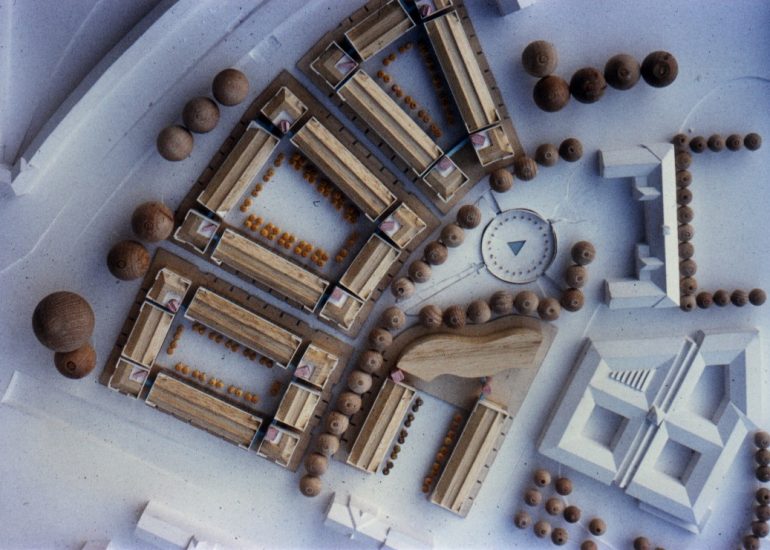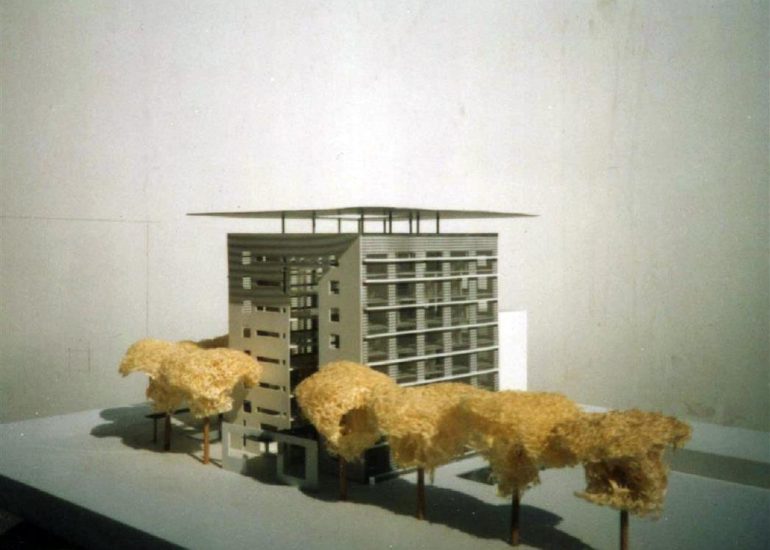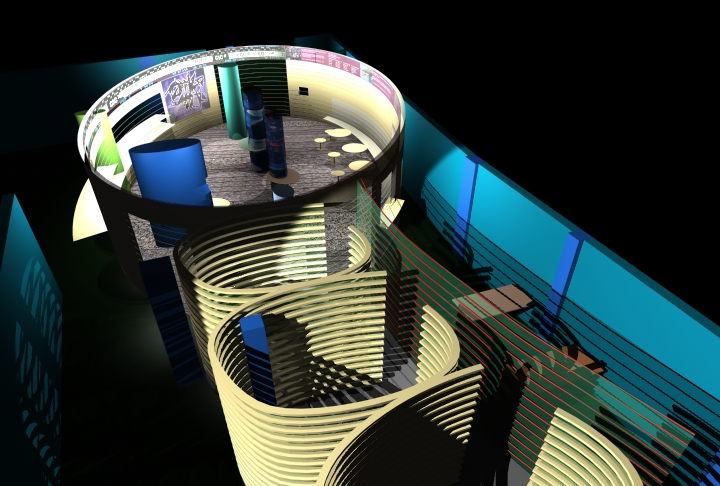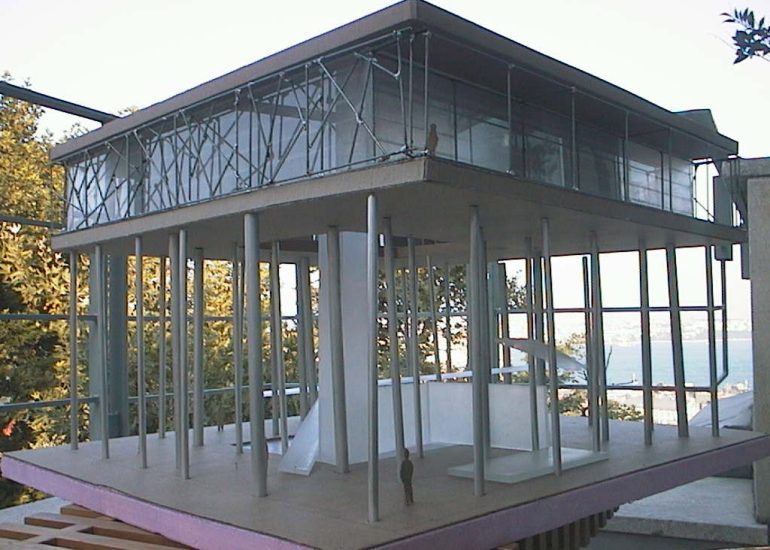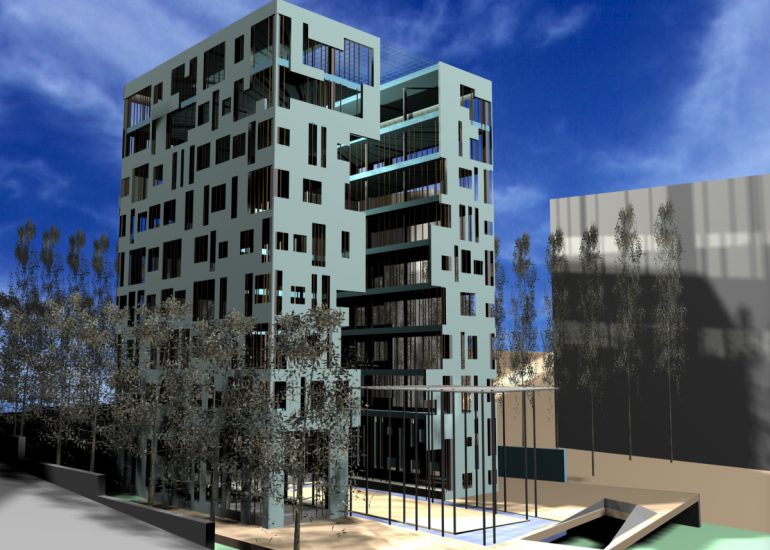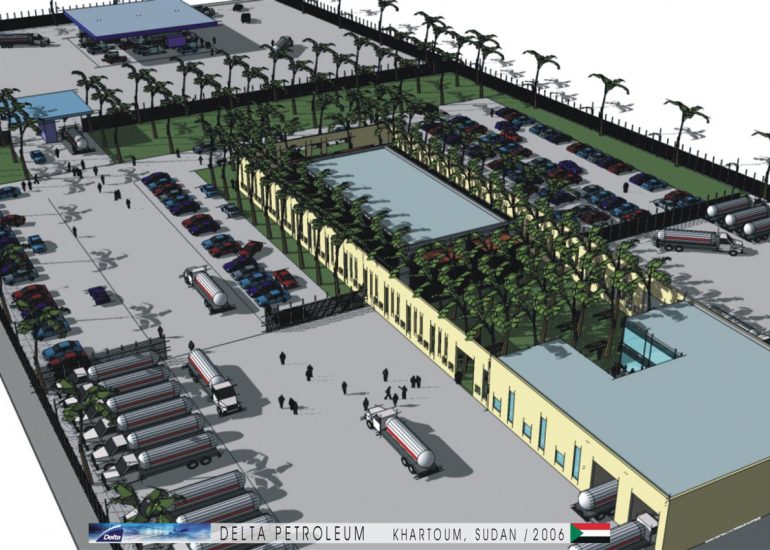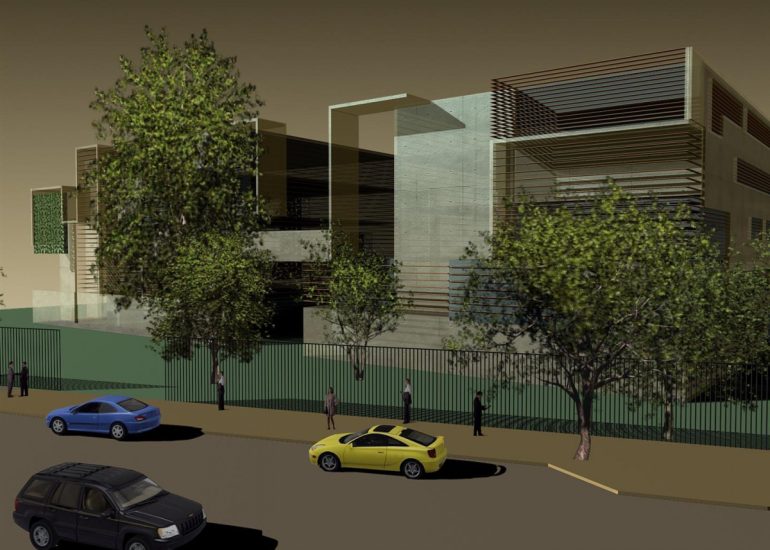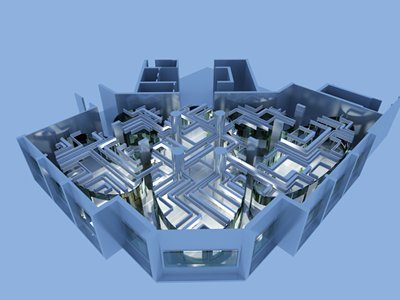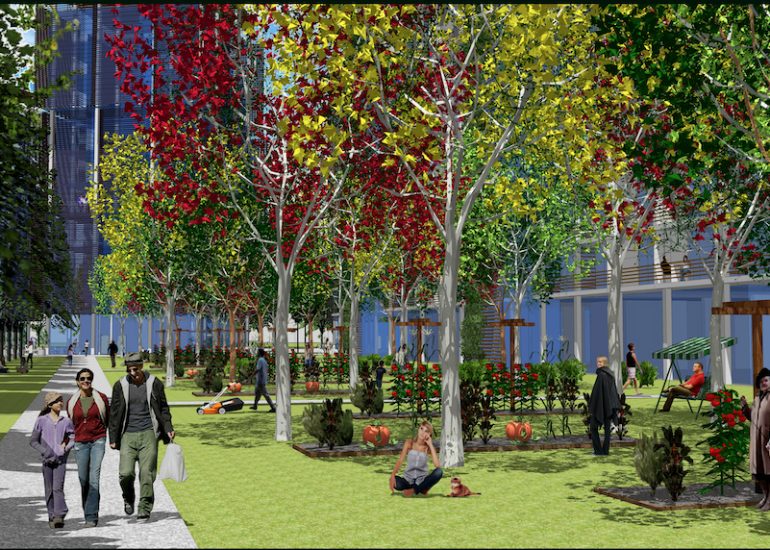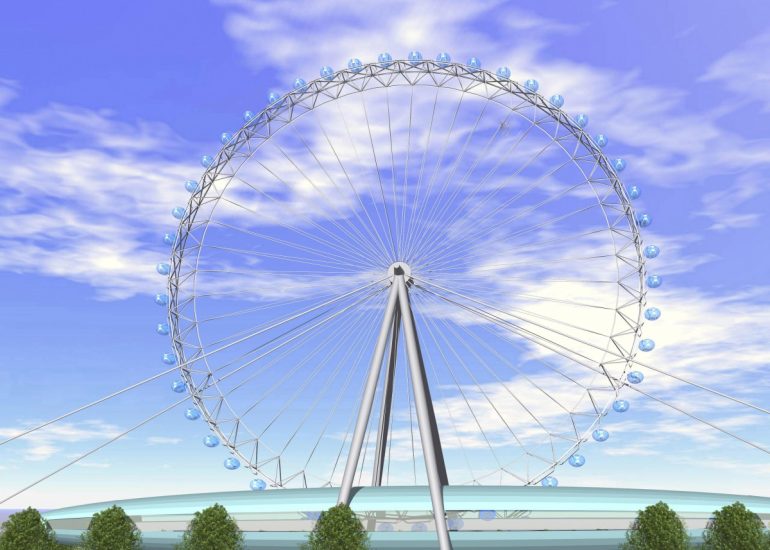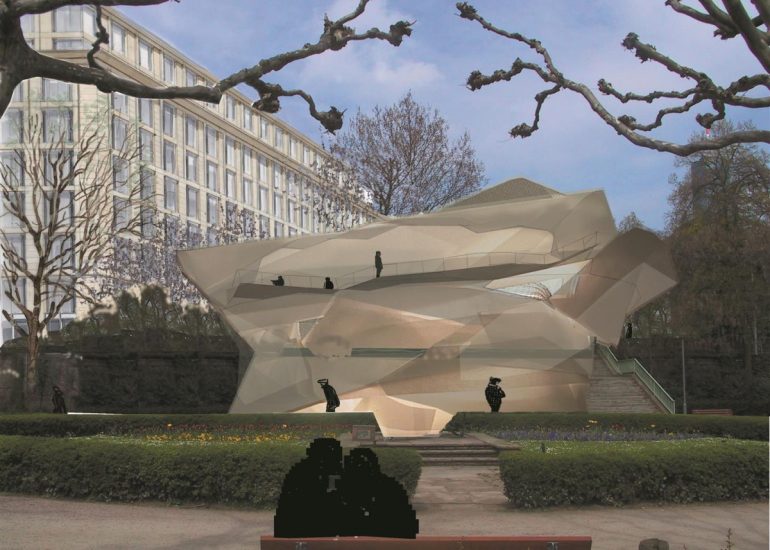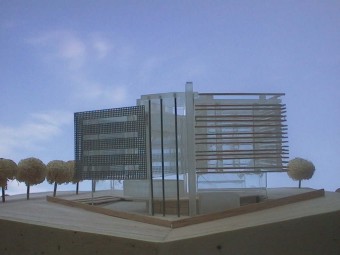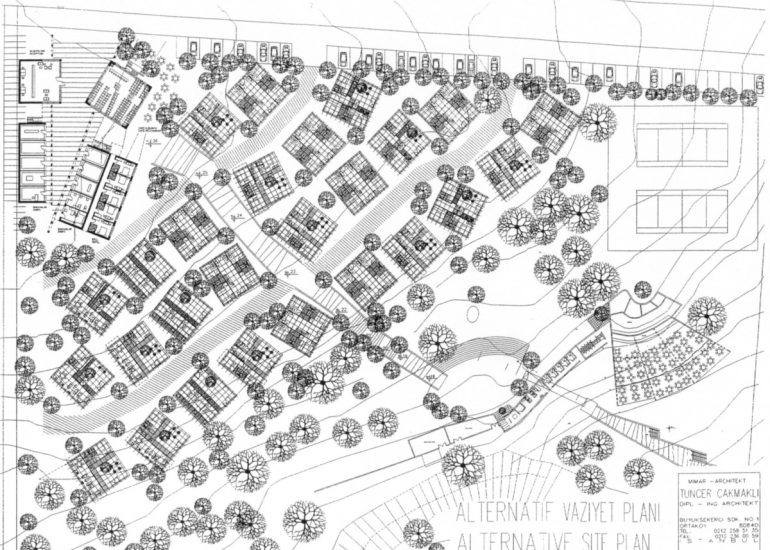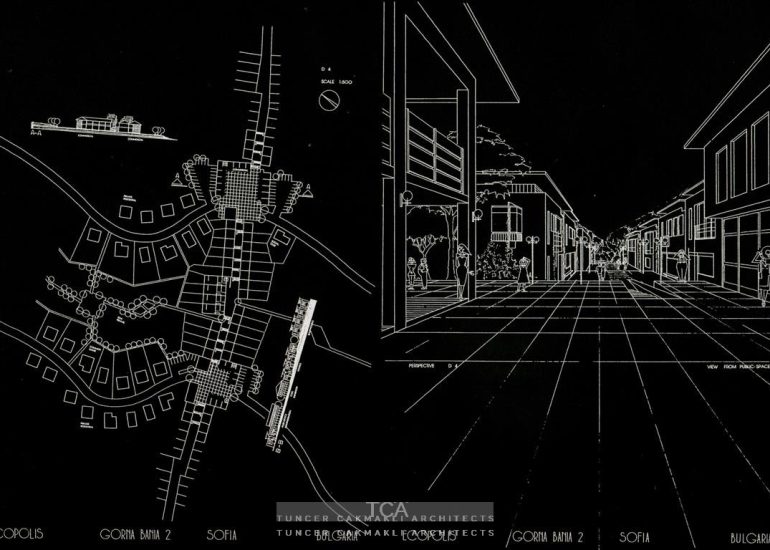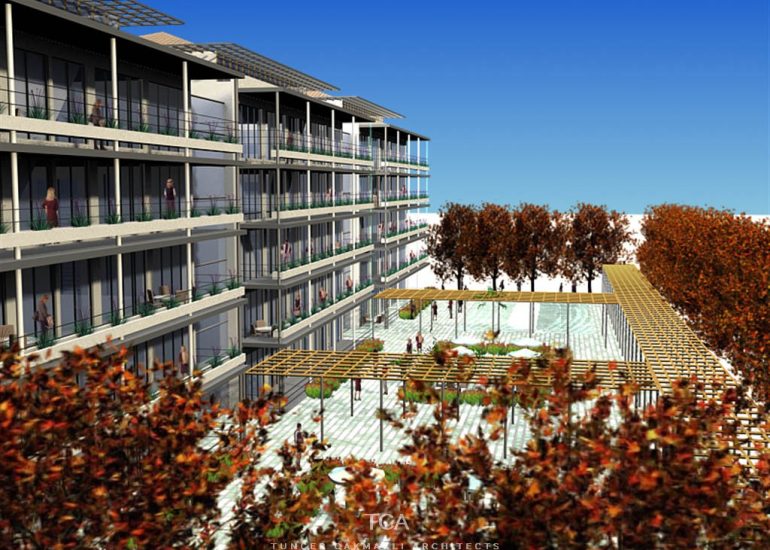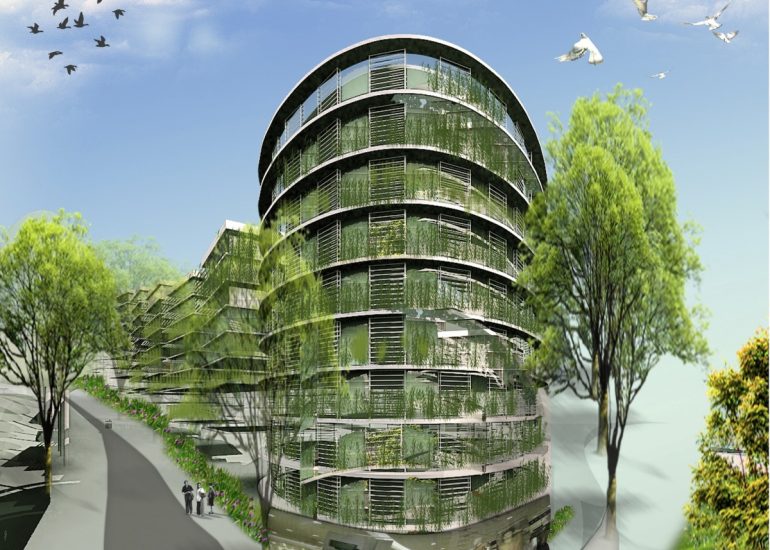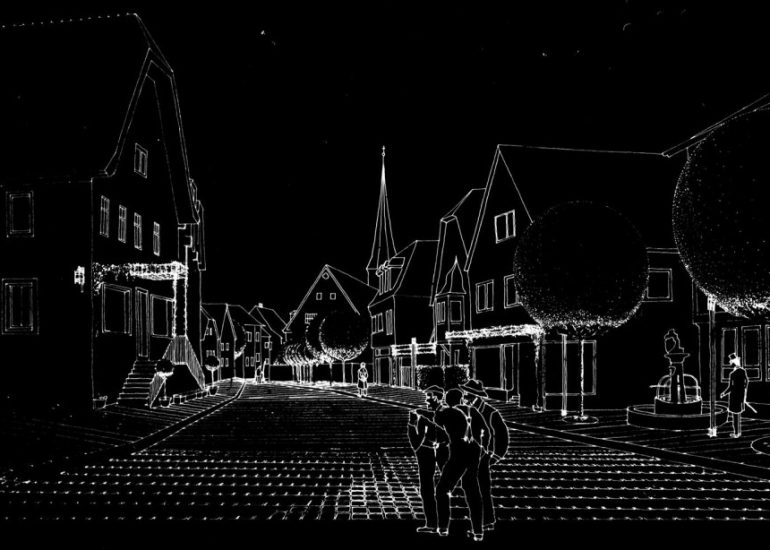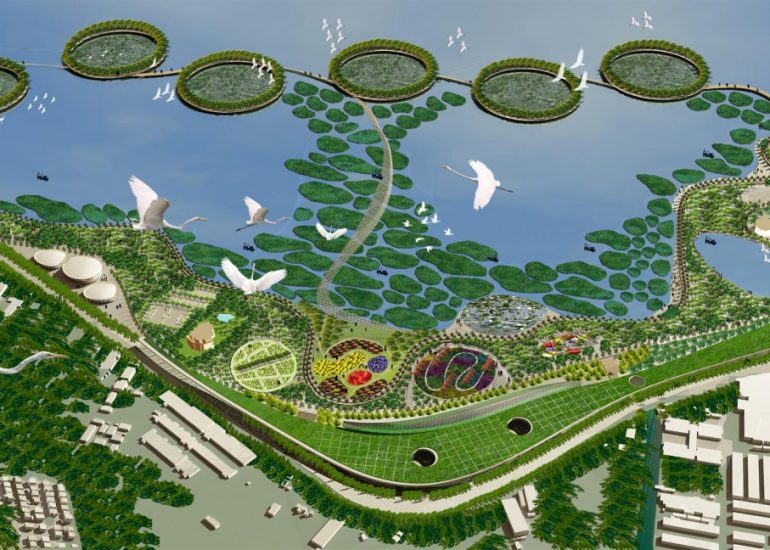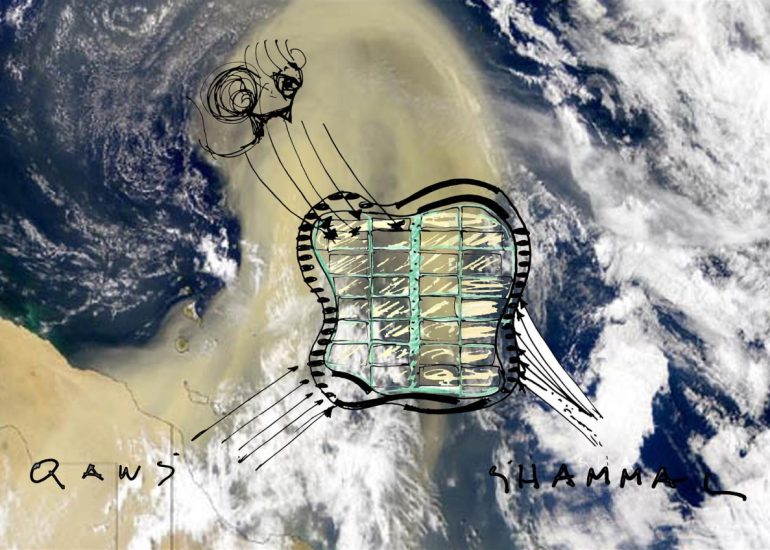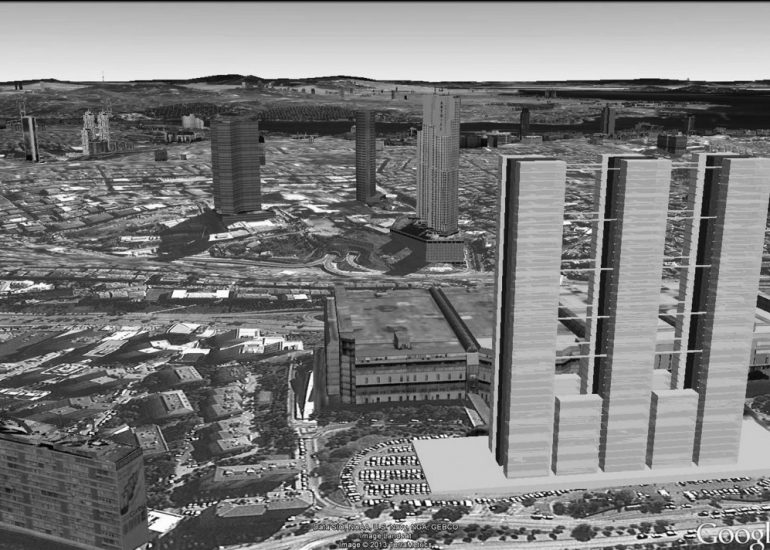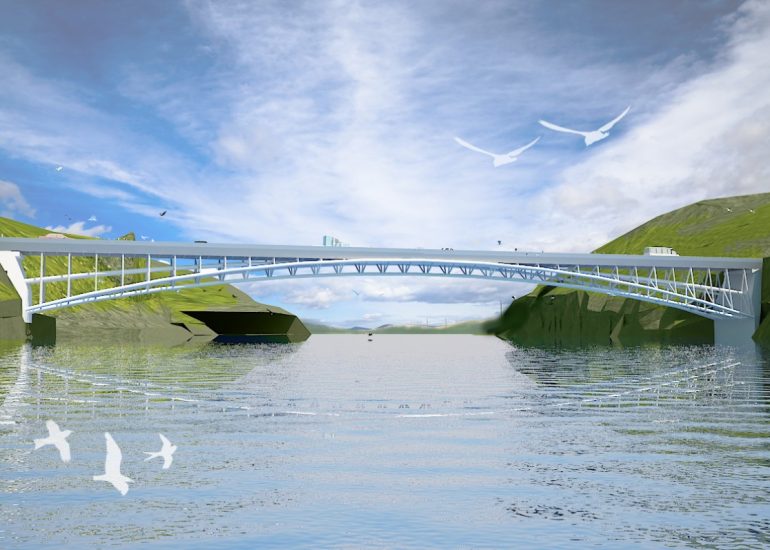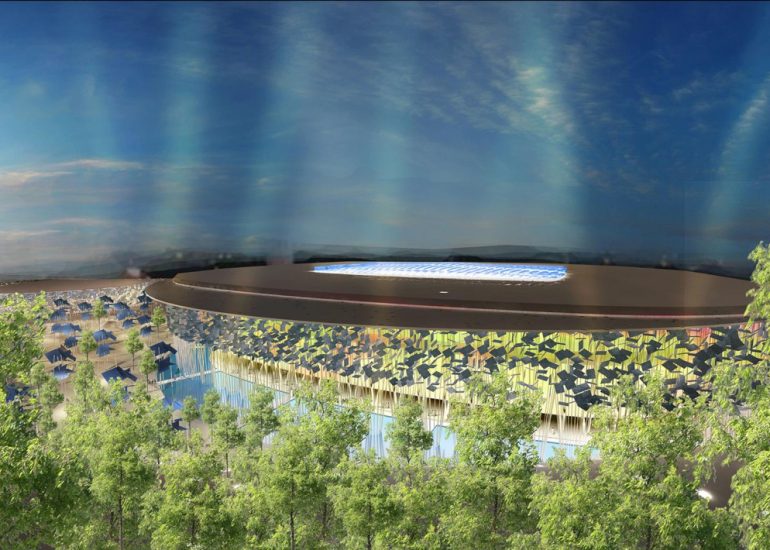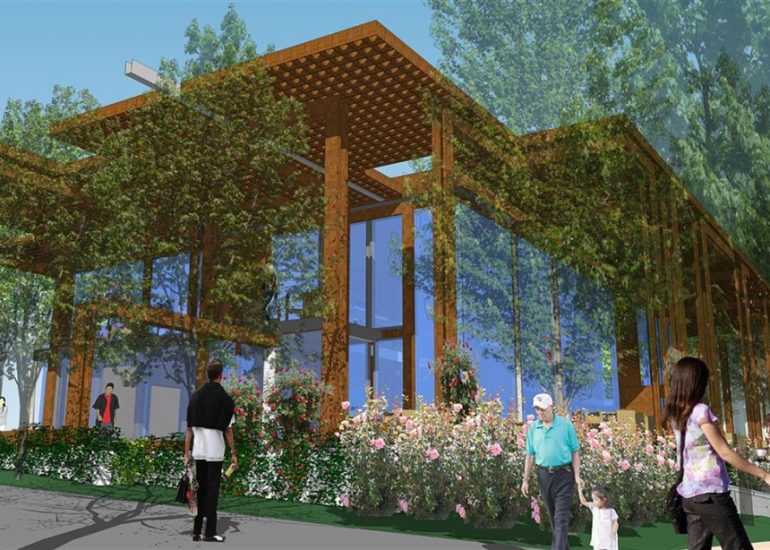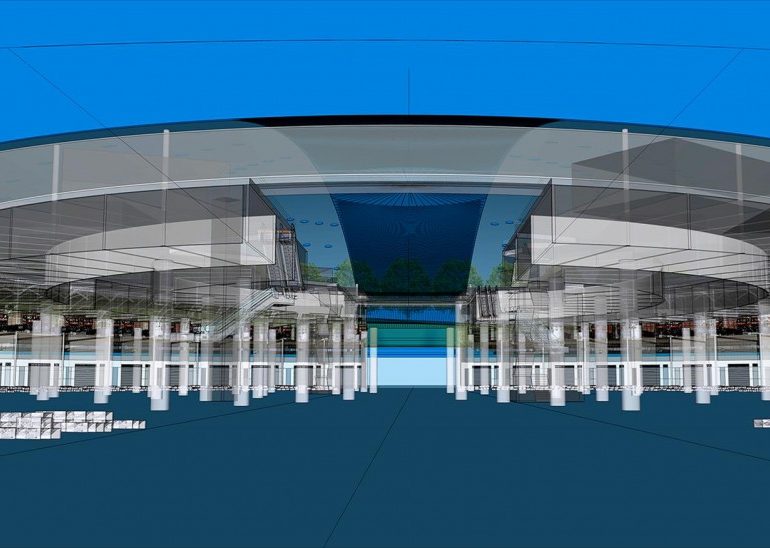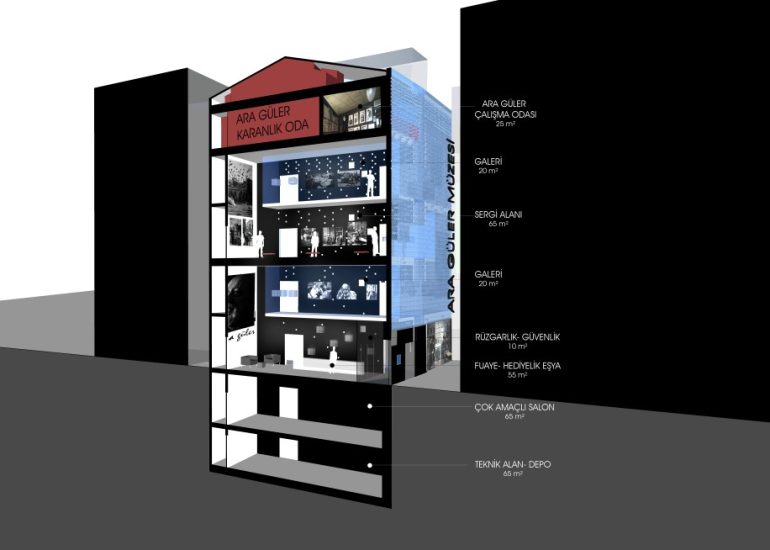Interior Design for the Bar Association Intern Education Center
TÜRKİYE
YEAR
2000
The brief was for the adaptive reuse of a historical building in the Galata. As the building no longer coincided with contemporary expectations for a residential building, there was an obligation to find and apply a new functional program. In this case, the work entailed structural reinforcement and renovation to bring the space into a condition suitable for a research library on behalf of the Istanbul Bar Association. Many design solutions and details were completed in-situ with input from the laborors, allowing for both an efficiency and a creative freedom that studio work would not have permitted with this type of adaptive reuse project. The concept was to expose the building’s history, but at the same time to avoid the pretense of historical re-creation. The design is about the past and the present simultaneously: circumventing the gaffe of freezing an architecture expression at some arbitrary moment in time that is irrelevant to current and future demands. Our intervention into the space is conceived of as an installation, inviting a dialogue between new and old architectural materials, details, and expressions.
Budget: 20.000 €
Location: Istanbul, Turkey
Between Mırrors and Justıce – A Threshold for the Future
There are places whose significance transcends their mere physical presence—spaces where time and meaning overlap, where history is inscribed not only in archives but in the very materials themselves. The Istanbul Bar Association—situated in a city that defines itself as a threshold between continents, cultures, and epochs—is such a place.
And yet, even such a space calls for re-narration.
During the solemn ceremony in which young lawyers, after two years of practical training, are admitted to the profession, the ritual of justice is concentrated into a single moment. A transition. A transformation. An initiation. Here, where the threshold is not merely symbolic but must be physically crossed, the design of Tuncer Cakmaklı Architects (TCA) intervenes—not with pomp, but with a sensitivity to the invisible: the interstitial space.
The newly designed entrance to the historic hall is not merely a passage, nor a bourgeois anteroom. It is a narthex, a term borrowed from Byzantine architecture, not only with architectural but also liturgical and symbolic value. It is a space for pause, for awareness—like the Roman limen, the threshold one does not simply step over, but must cross with intention.
TCA shapes this space with glass, steel, and mirrors—but these are not just materials; they are ideas. The glass walls are transparent yet defining; they reflect not only light but also the self-image of the one who enters. The steel crown, seemingly suspended, is not supported—but rather, it is carried by the glass itself—a subtle inversion of conventional hierarchies. The crown—symbol of law, of power, of dignity—floats, bound together by the most fragile yet most resilient element.
One glides—yes, that is the word—between depth and reflection, not from outside to inside, but from one state of being into another. It is a space of transformation, a liminal zone between study and responsibility, between the juridical “not-yet” and the ethical “already-now.” It is as if one were passing through a quotation by Borges, where each reflection holds a world, each pane of glass a window into possibility.
If architecture is a text—and I am convinced that it is—then this space is a palimpsest: traces of Byzantine thresholds, of Enlightenment clarity, of modern abstraction. But most of all, it carries the quiet message that law—like glass—is transparent and yet vulnerable, that it requires structure to carry its weight, and openness to be seen.
At the end stands the entrance to the ceremonial hall—a space now transformed by the very act of passing through this threshold. Those who cross it carry a new responsibility: for language, for judgment, for justice.
And perhaps, just perhaps, one might remember that fleeting moment between mirror and depth, where the future began.
——————————————————————————————————————————————————————
Aynalar ve Adalet Arasında – Gelecek İçin Bir Eşik
Bazı mekânlar vardır ki, anlamları yalnızca fiziksel varlıklarından ibaret değildir—zamanın ve anlamın üst üste bindiği, tarihin yalnızca arşivlerde değil, yapı malzemelerinin dokusunda da iz bıraktığı yerlerdir bunlar. İstanbul Barosu da böyle bir mekândır—ki kendisi, kıtaların, kültürlerin ve çağların eşiğinde duran bir şehrin bağrında yer alır.
Ancak böylesi bir mekânın da yeniden anlatılmaya ihtiyacı vardır.
İki yıllık staj döneminin ardından genç avukatların mesleğe kabul edildikleri törende, adalet ritüeli bir an içinde yoğunlaşır. Bu bir geçiştir. Bir dönüşüm. Bir tür inisiyasyon anıdır. Burada, eşik yalnızca sembolik değil, fiziksel olarak da aşılması gereken bir yerdir. İşte tam bu noktada, Tuncer Çakmaklı Architects (TCA) müdahale eder—abartı ile değil, görünmeyene gösterilen derin bir hassasiyetle: ara mekân ile.
Tarihi salona açılan yeni tasarlanmış giriş, yalnızca bir geçiş koridoru ya da basit bir bekleme alanı değildir. Bu bir nartekstir—Bizans mimarisinden ödünç alınan ve yalnızca mekânsal değil, aynı zamanda ritüel ve sembolik değeri olan bir kavram. Bu, durma ve farkına varma mekânıdır—tıpkı Antik Roma’daki limen gibi, üzerinden yalnızca adım atılmayan, bilinçle geçilen bir eşik.
TCA bu mekânı cam, çelik ve aynalarla şekillendirir—ama bunlar yalnızca yapı malzemesi değildir; düşünce biçimleridir. Cam duvarlar saydamdır ama sınır koyucudur; yalnızca ışığı değil, içeri girenin kendilik algısını da yansıtır. Çelik taç, sanki havada asılı durur, taşıyan değil, cam tarafından taşınan bir yapıdadır—klasik güç ilişkilerinin zarif bir ters yüz edilmesidir bu. Taç—hukukun, otoritenin, onurun simgesi—kendi ağırlığını, en kırılgan ama en dirençli olanın üzerinde taşır.
İnsan derinlik ile yansıma arasında süzülür—dışarıdan içeriye değil, bir hâl durumundan başka bir hâle geçerek. Bu, bir dönüşüm mekânıdır; eğitimle sorumluluk, hukukun “henüz değil”i ile etiğin “artık şimdi”si arasında bir geçittir. Sanki Borges’in bir alıntısının içinden geçiyormuş gibi; her yansıma yeni bir dünya, her cam yüzey bir ihtimal penceresi gibidir.
Eğer mimarlık bir metinse—ve buna yürekten inanıyorum—bu mekân bir palimpsesttir: Bizans eşiklerinin, Aydınlanma’nın berraklığının, modernizmin soyutluğunun izlerini taşıyan bir metin. Ama belki de en güçlü biçimde şunu fısıldar: Hukuk—tıpkı cam gibi—şeffaftır ama kırılgandır; ağırlığını taşıyacak bir yapı kadar, görünür kılacak bir açıklığa da ihtiyaç duyar.
Sonunda kişi tören salonuna girer—ama artık bu geçişle birlikte o mekân da kişi de dönüşmüştür. Orayı geçen artık yeni bir sorumluluk taşır: sözün, hükmün, adaletin sorumluluğunu.
Ve belki, sadece belki, kişi o ayna ile derinlik arasındaki o kısa ama sonsuz anı hatırlar—çünkü gelecek, işte tam orada başlamıştır.









